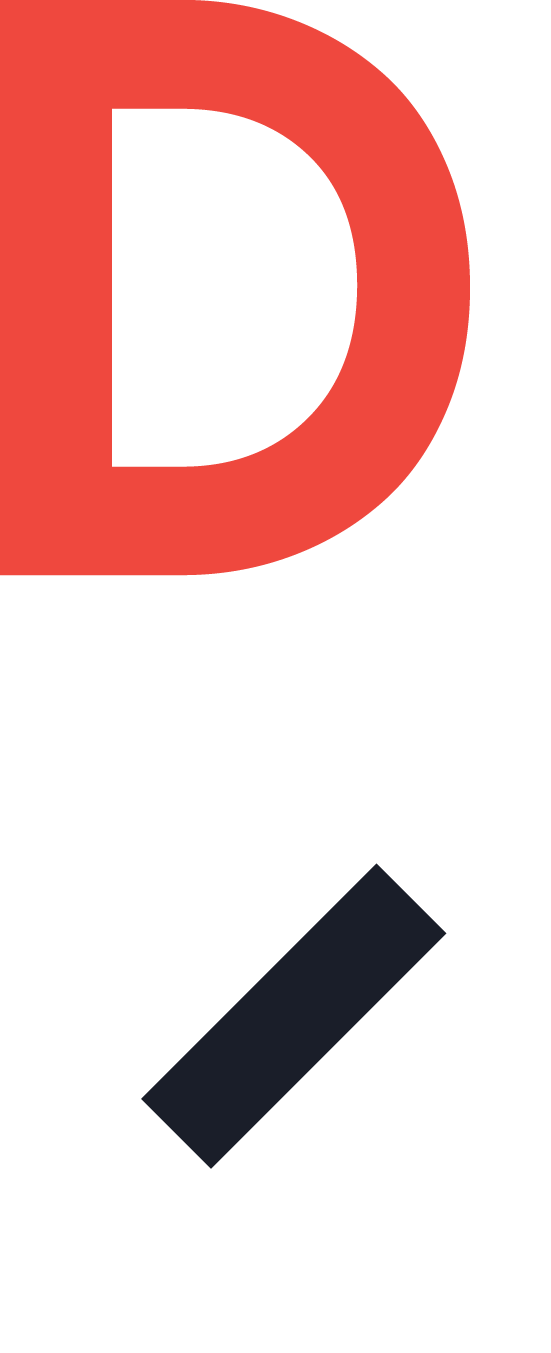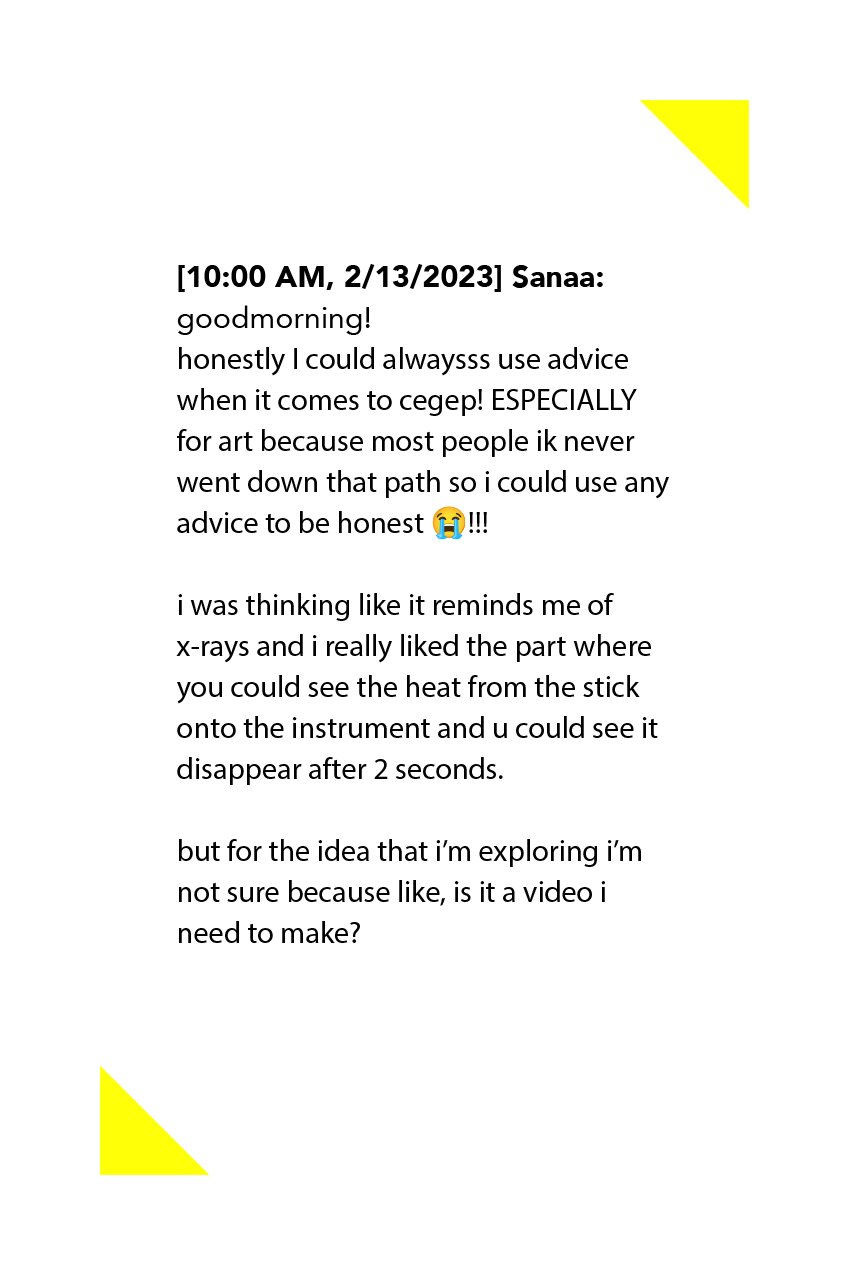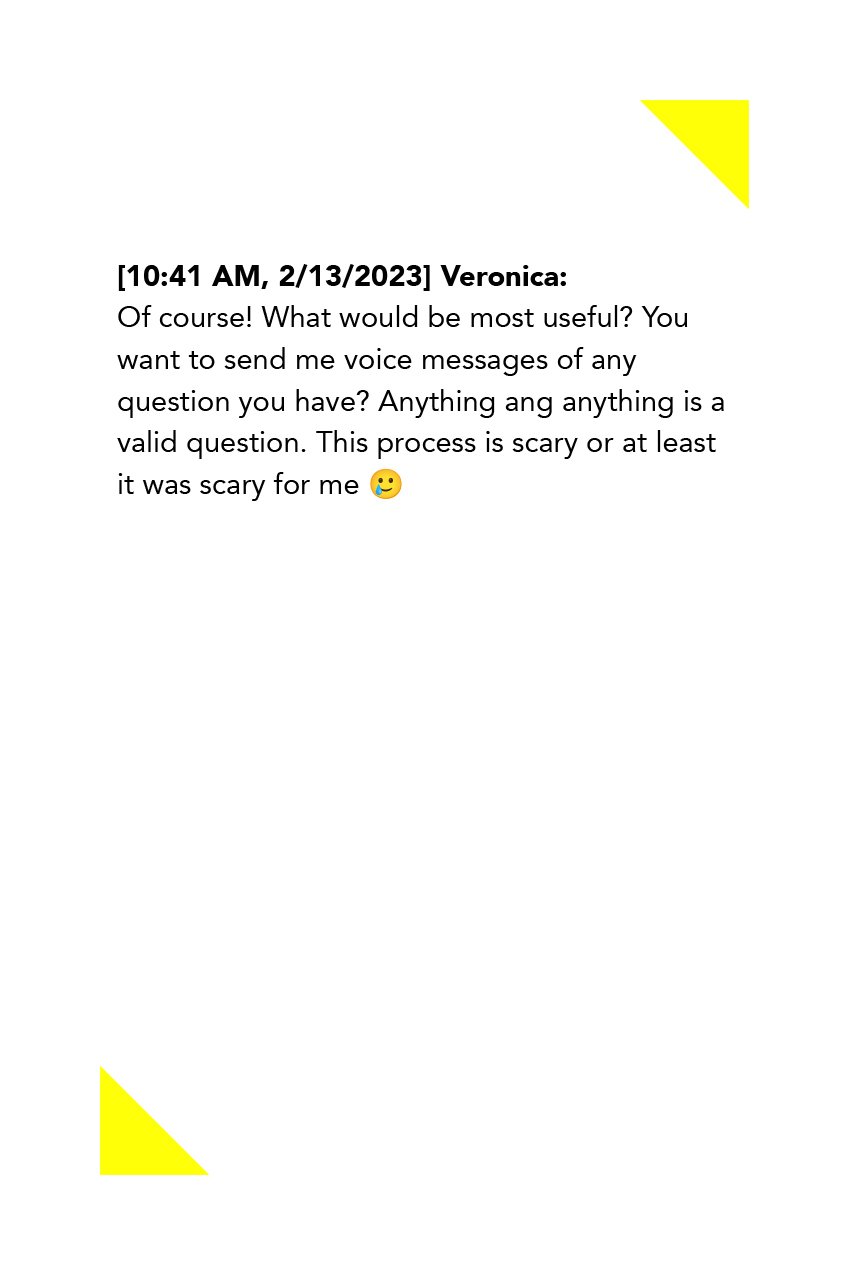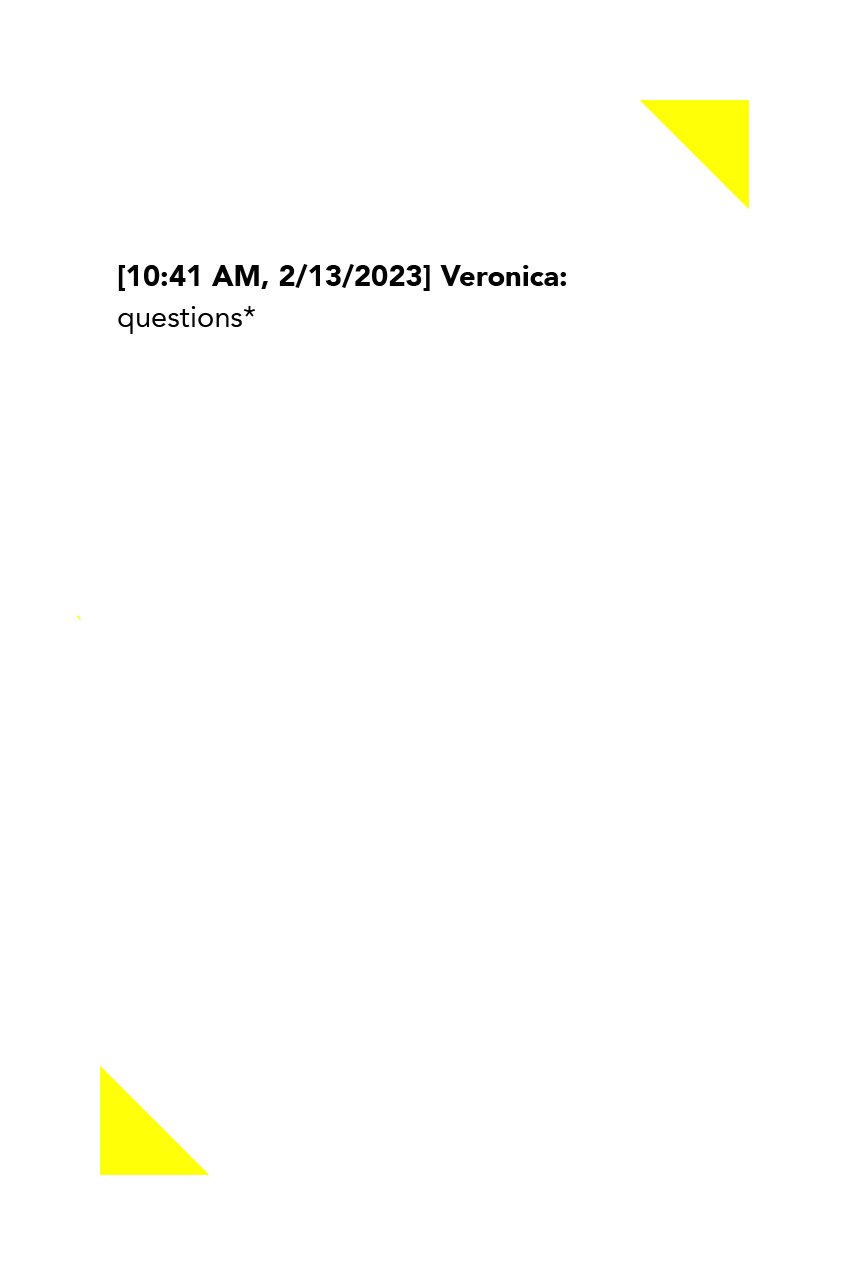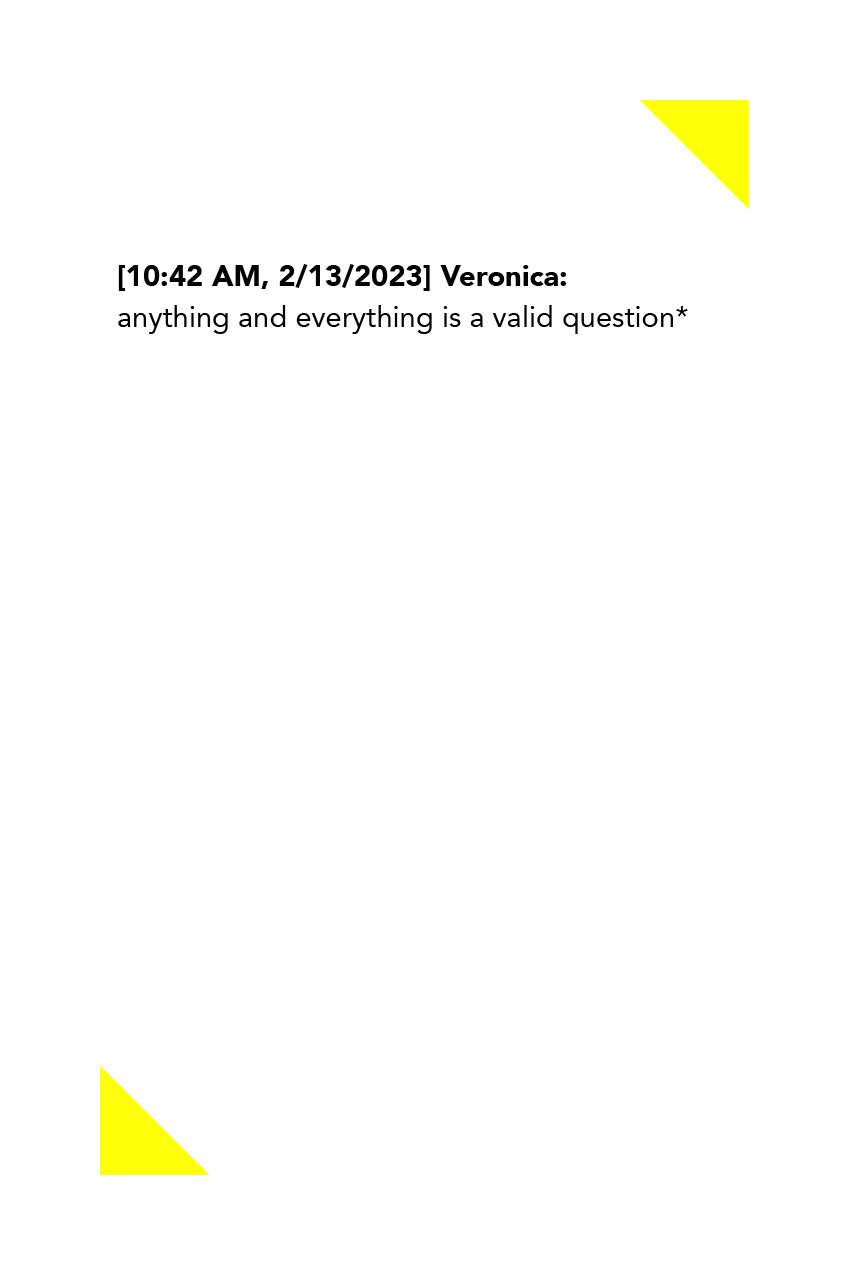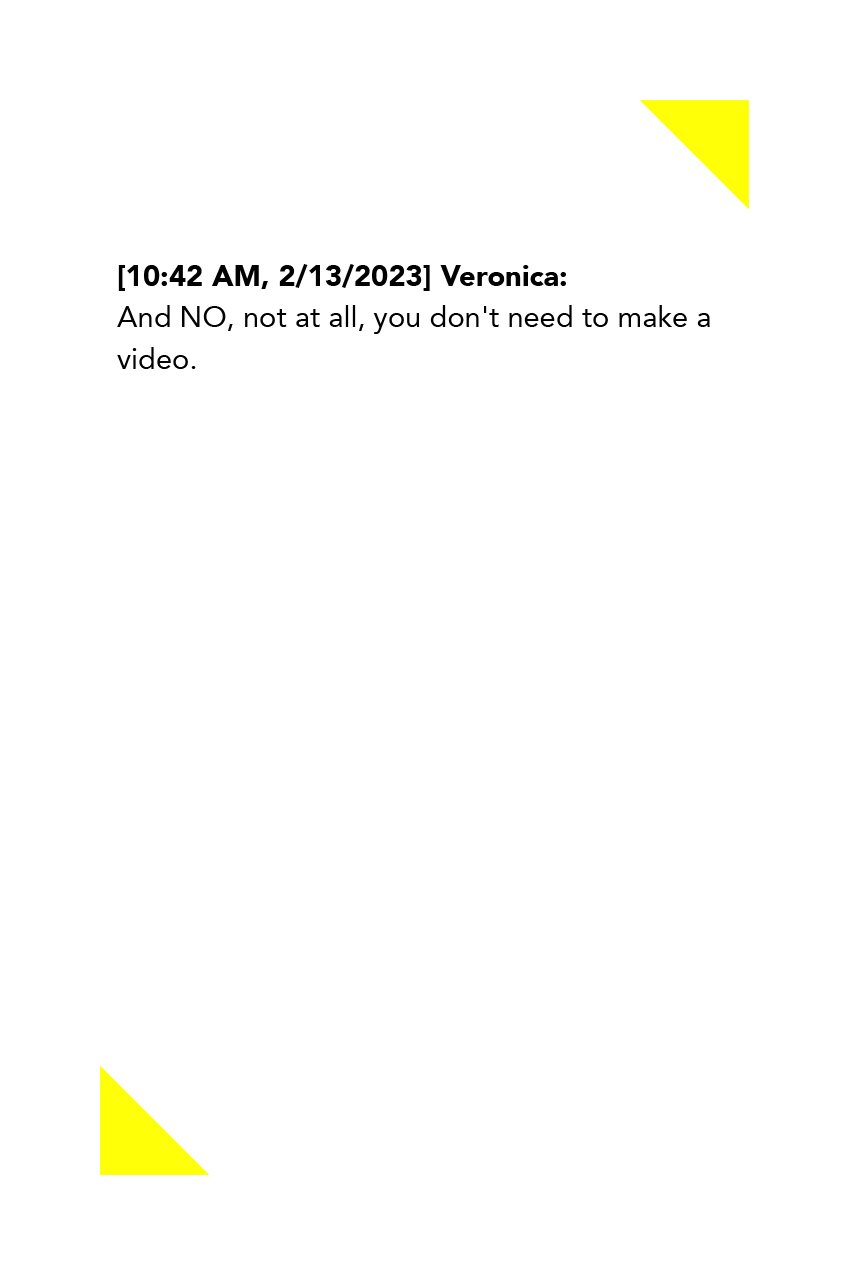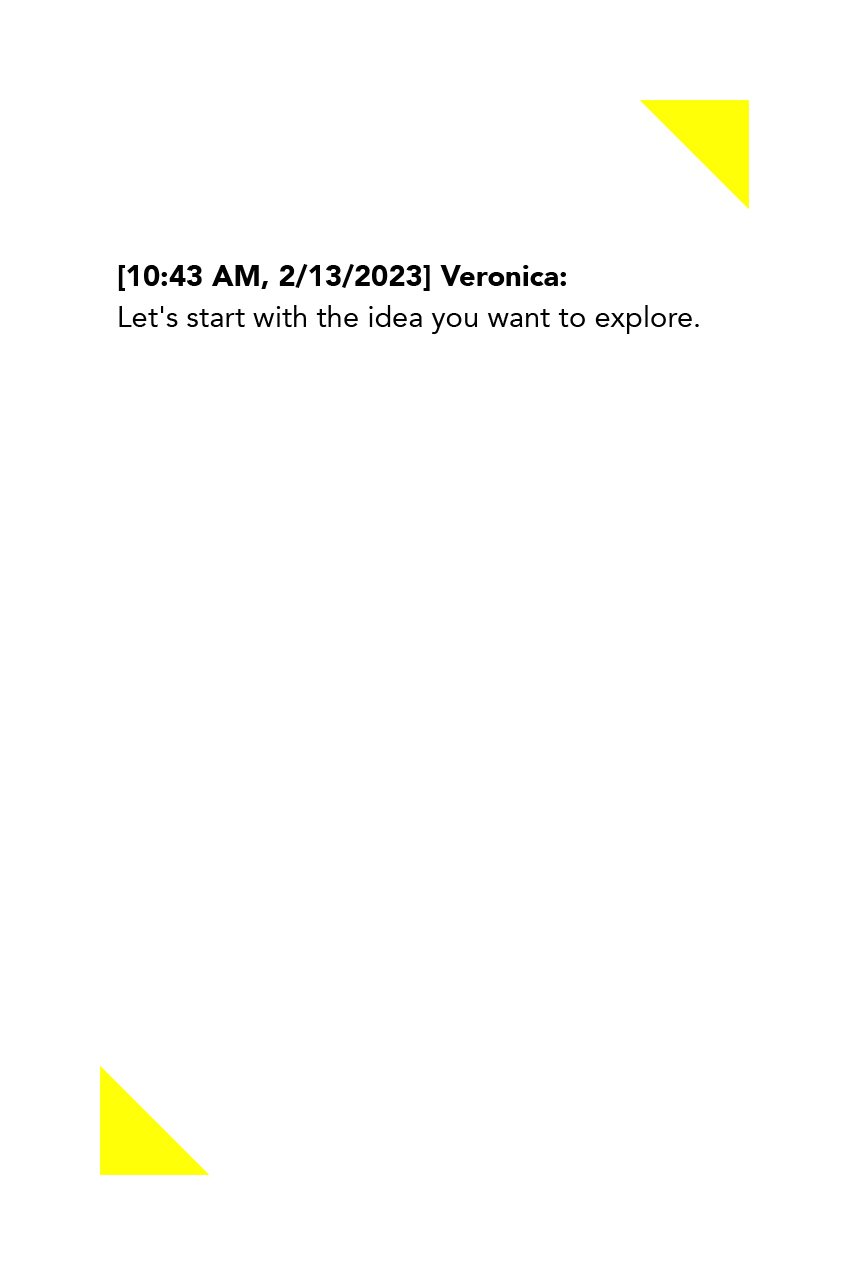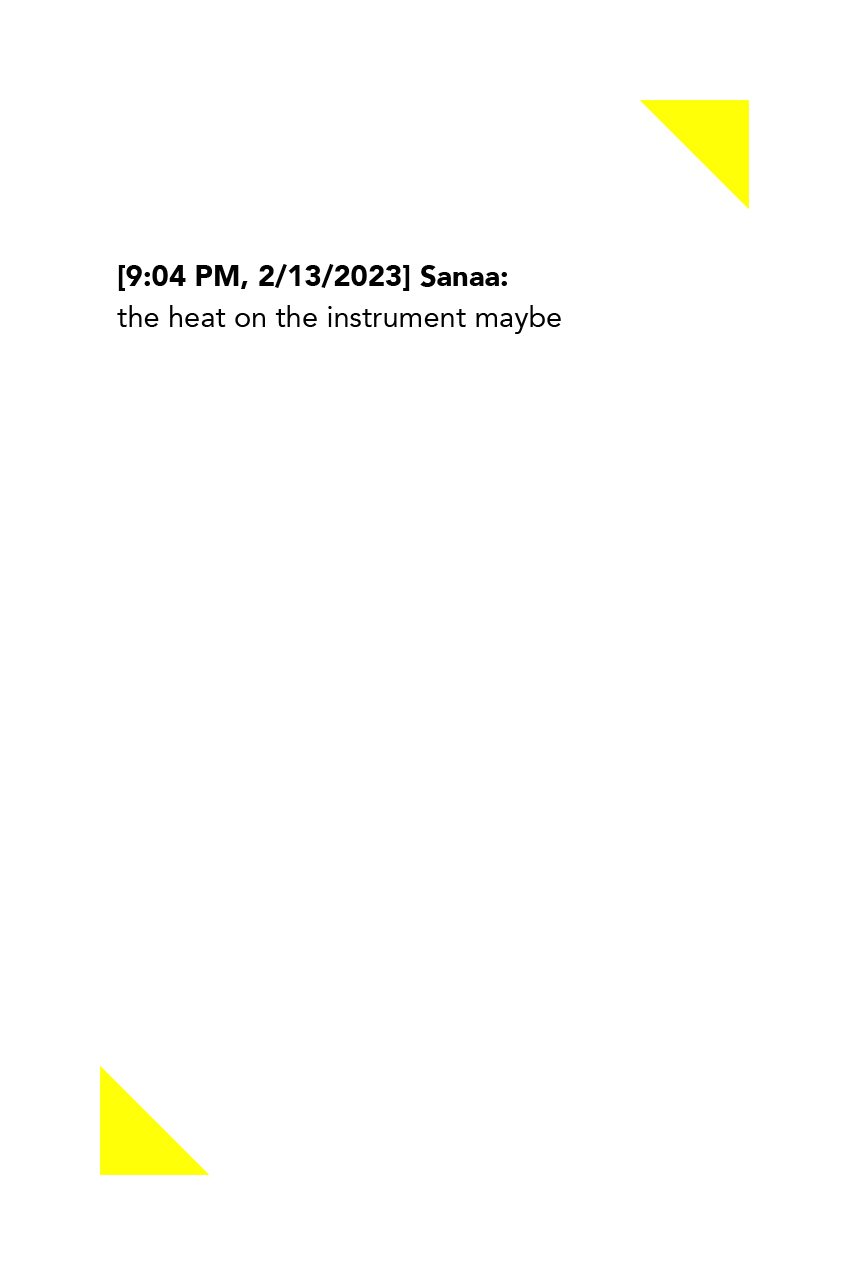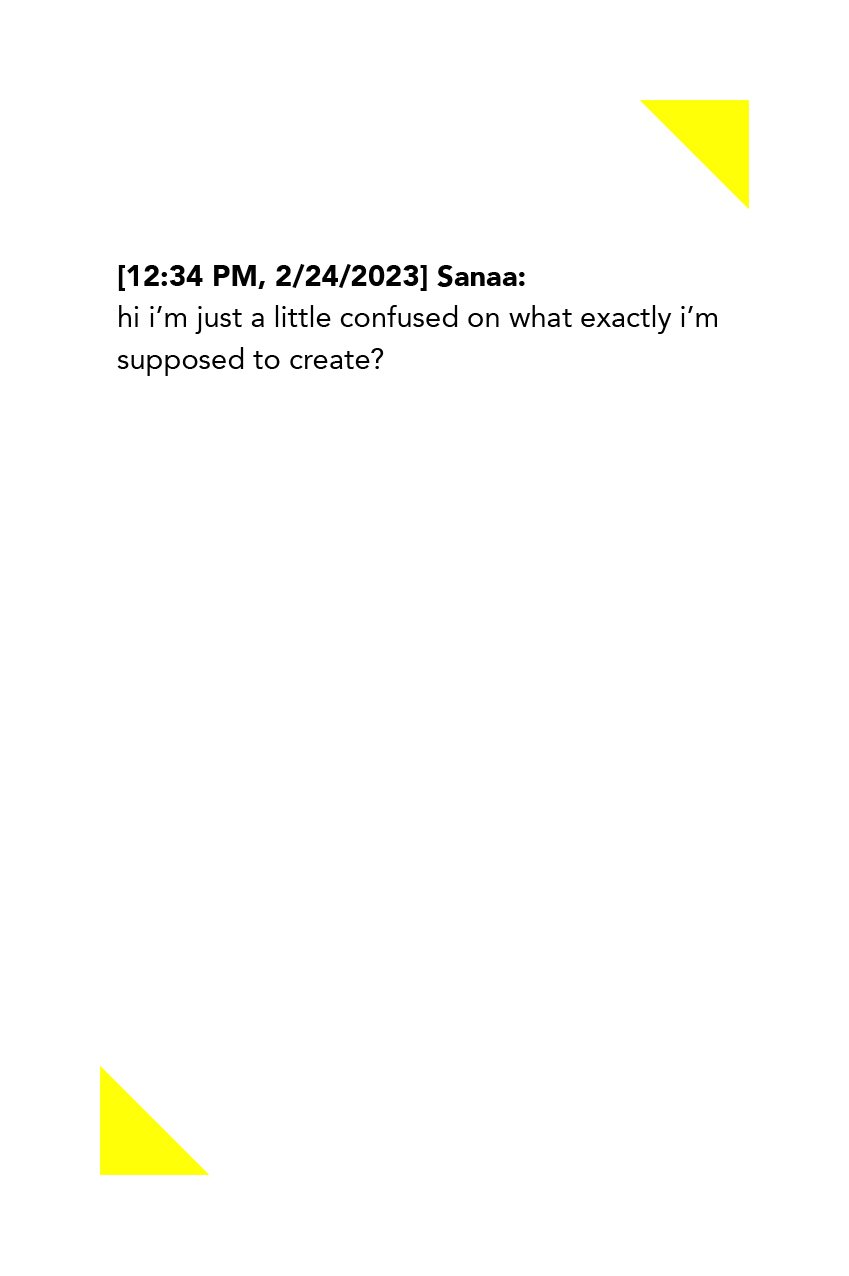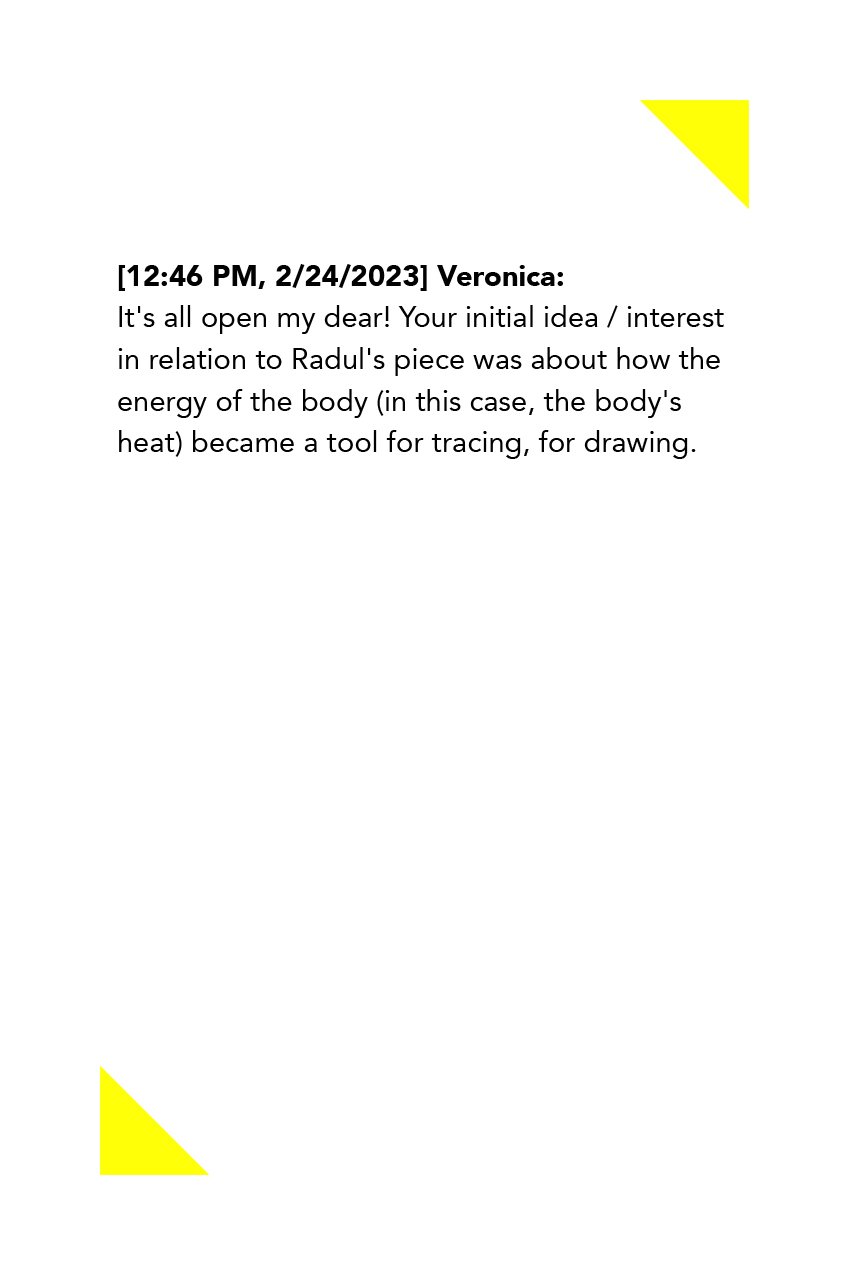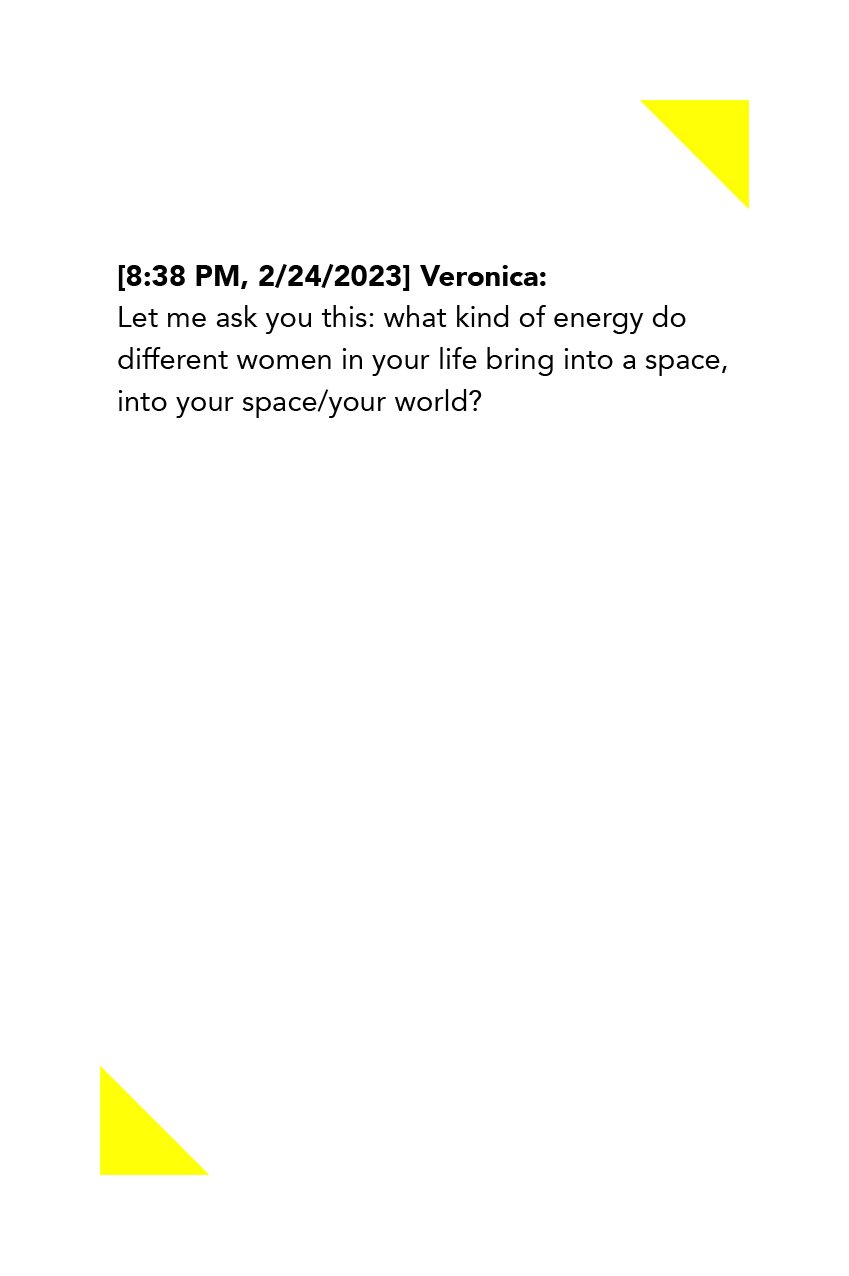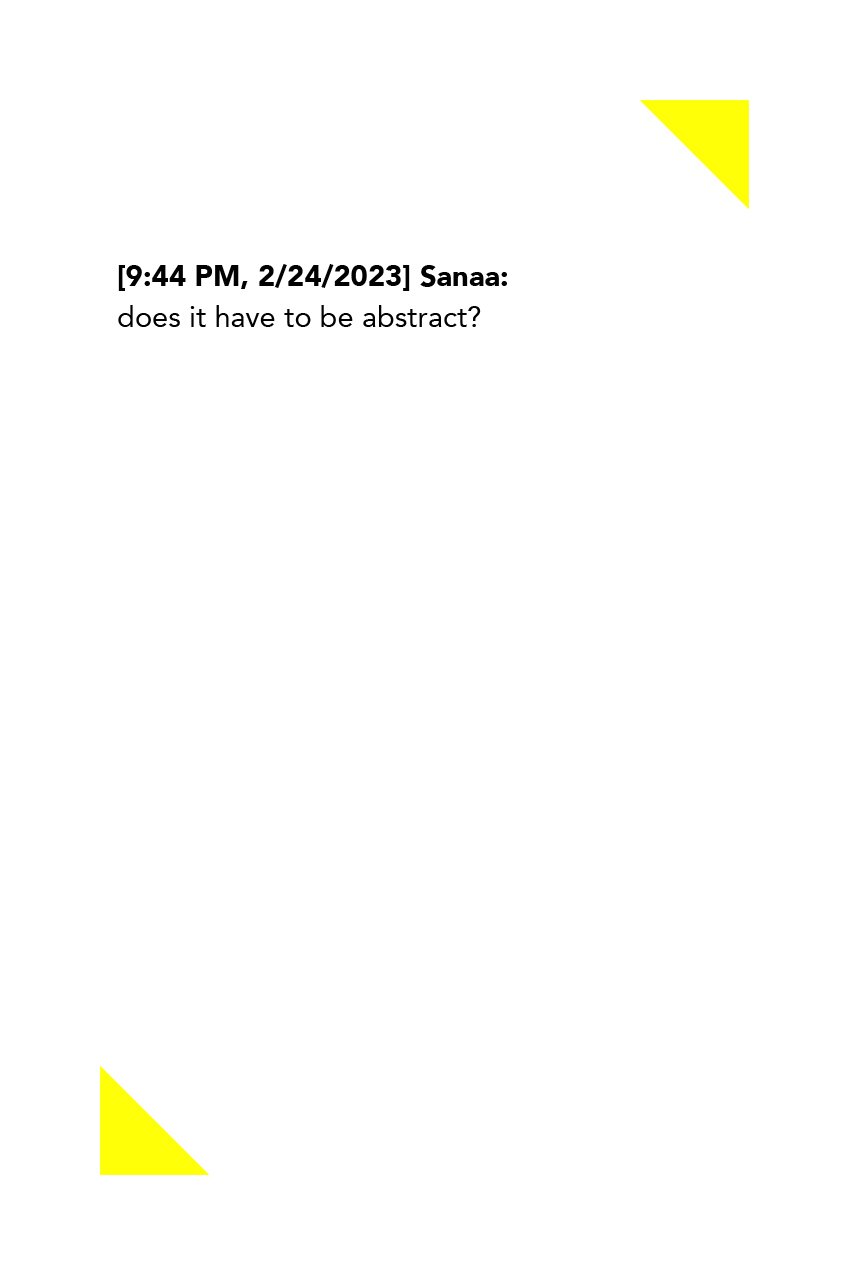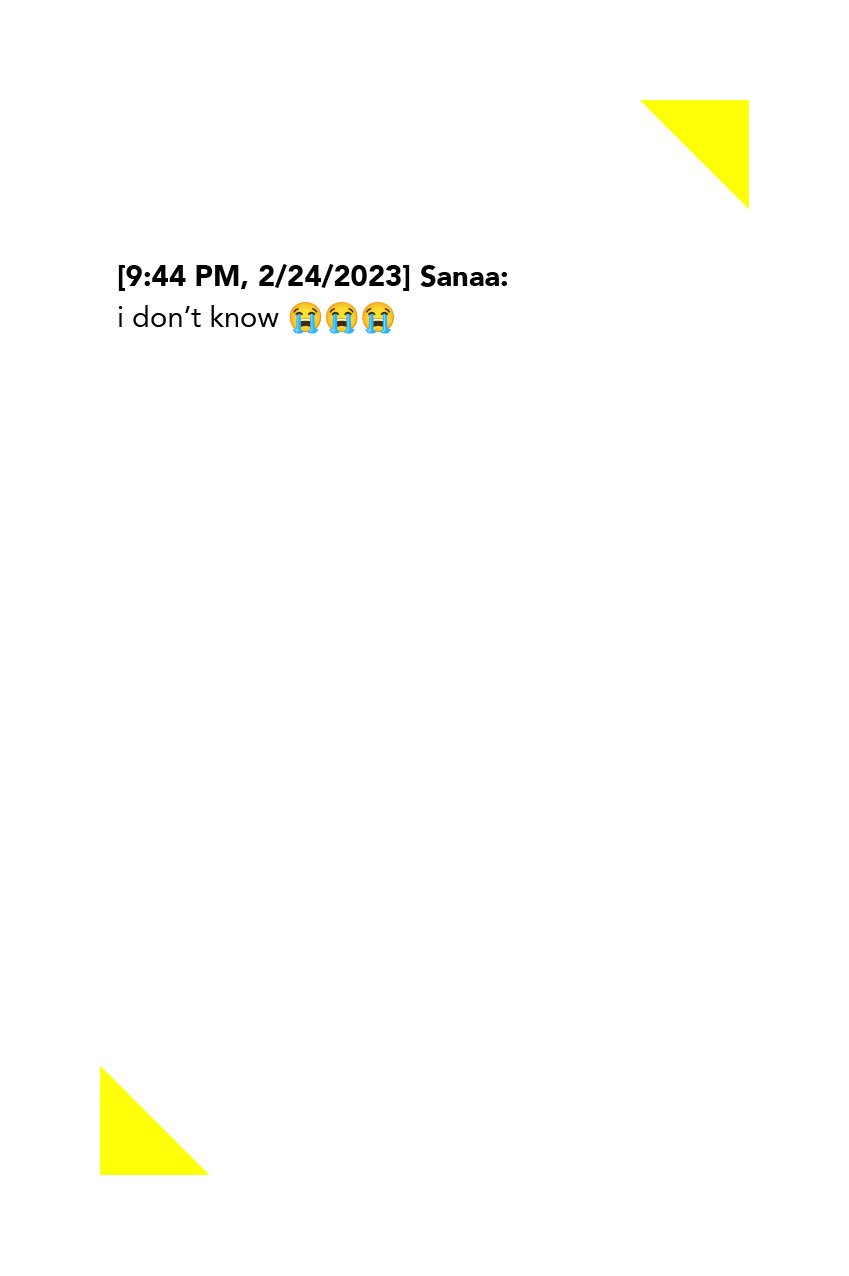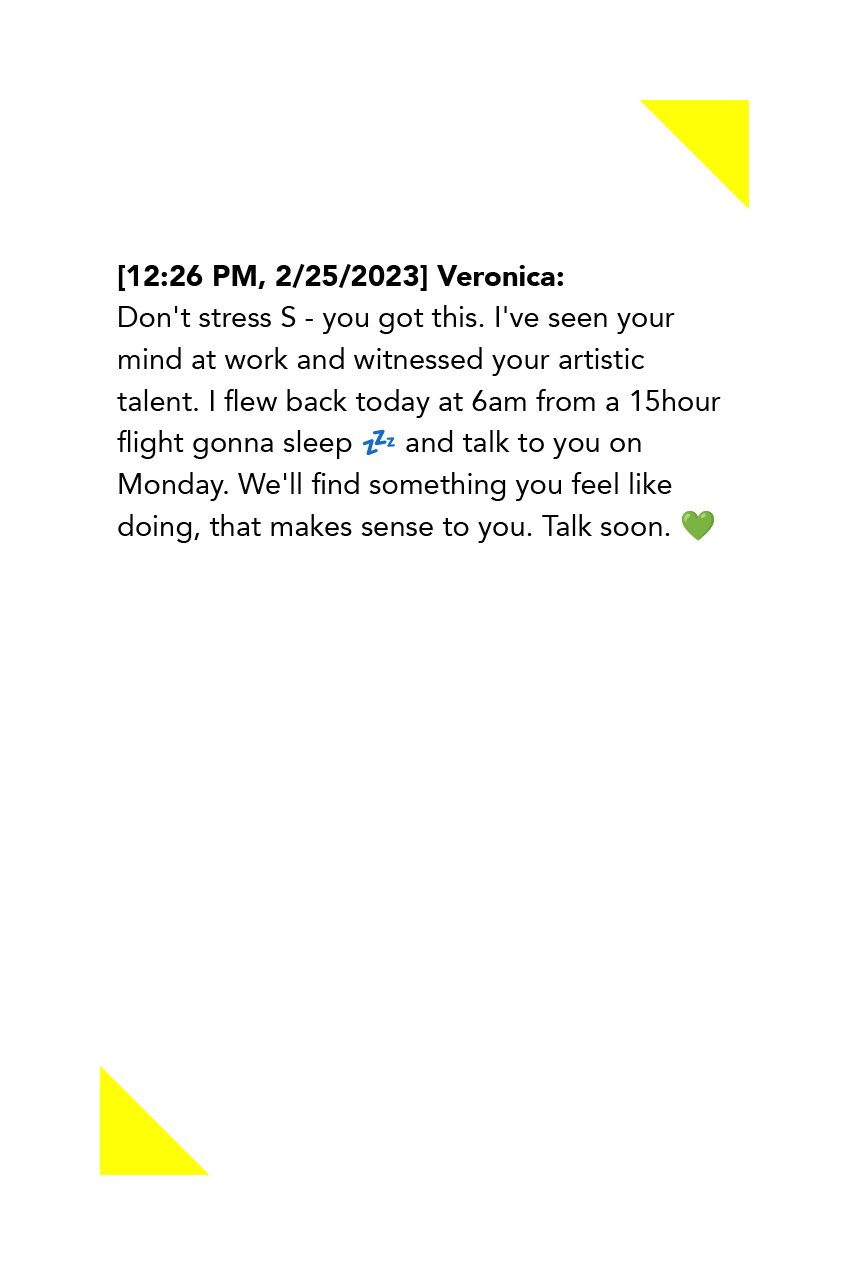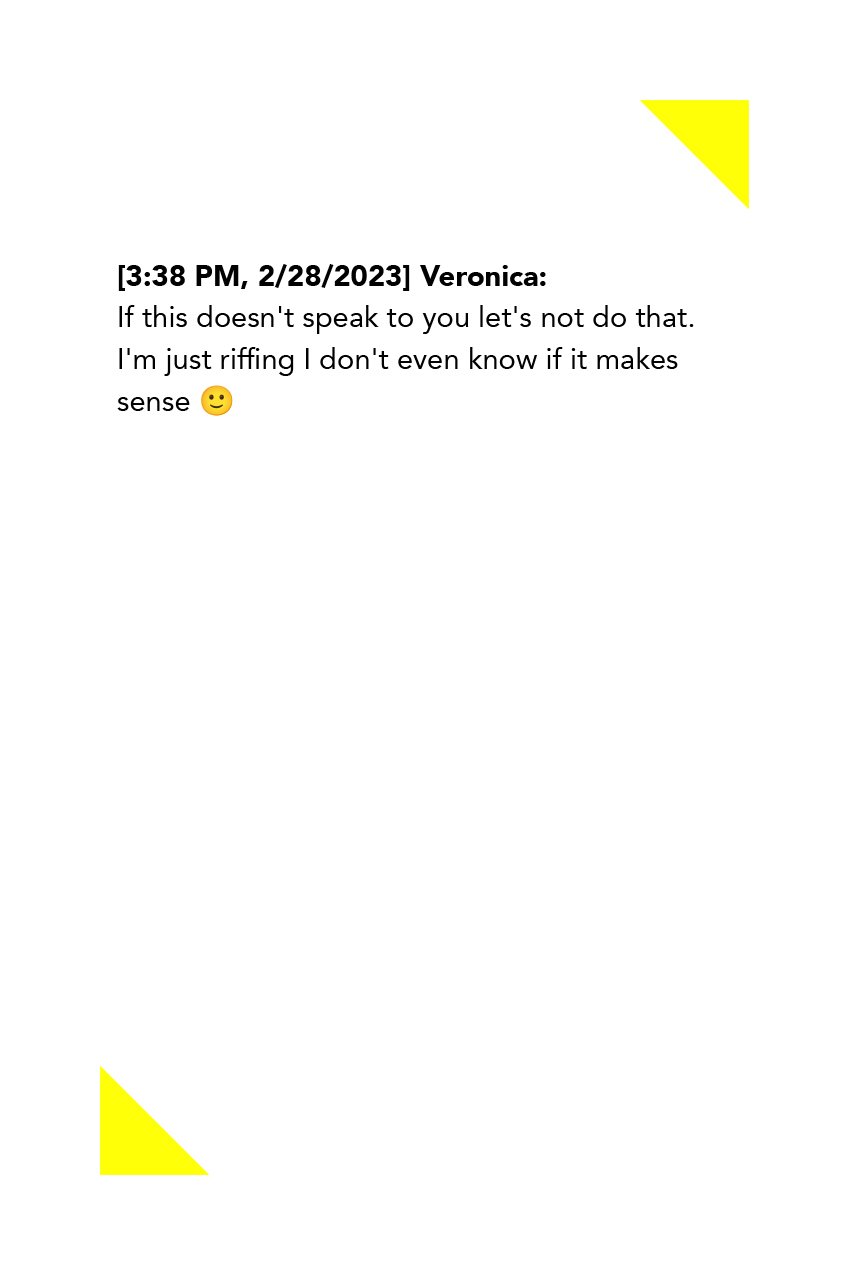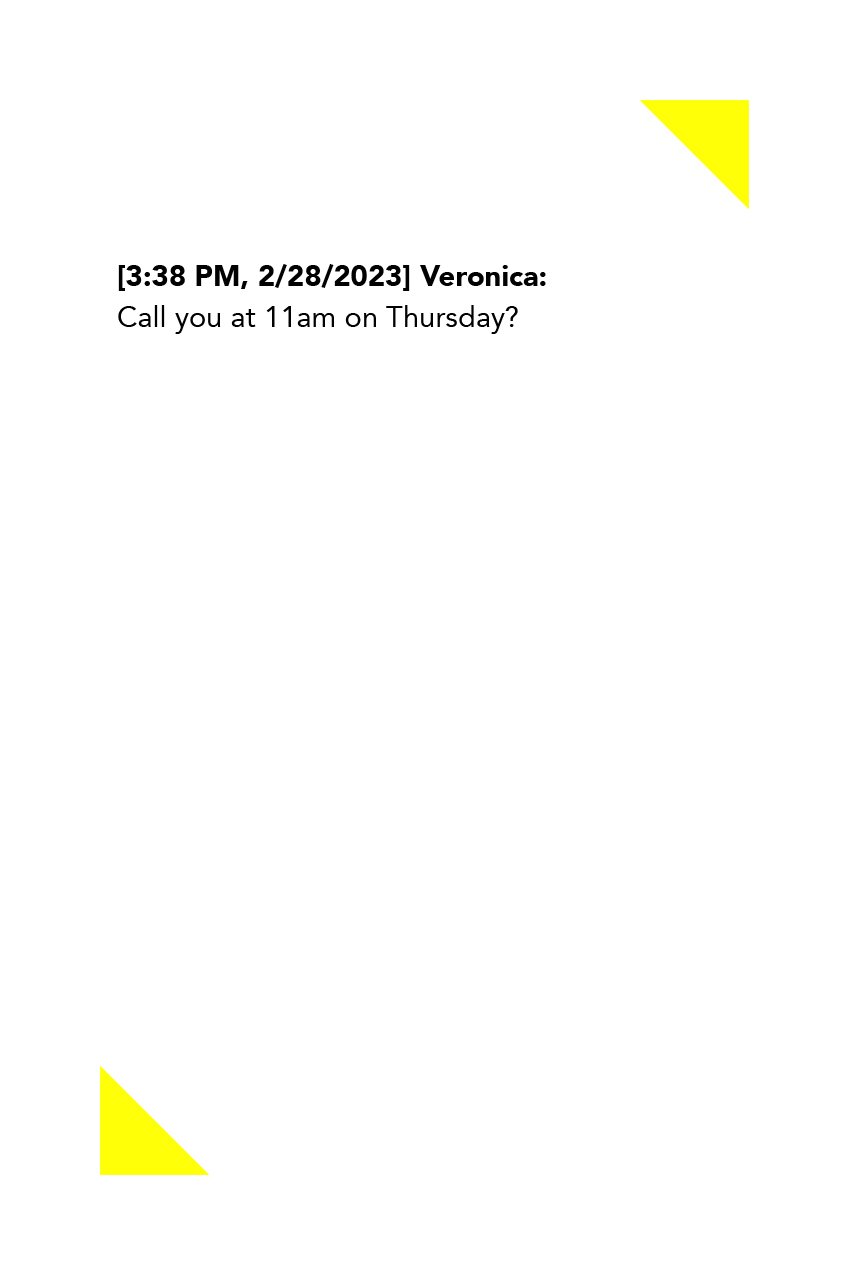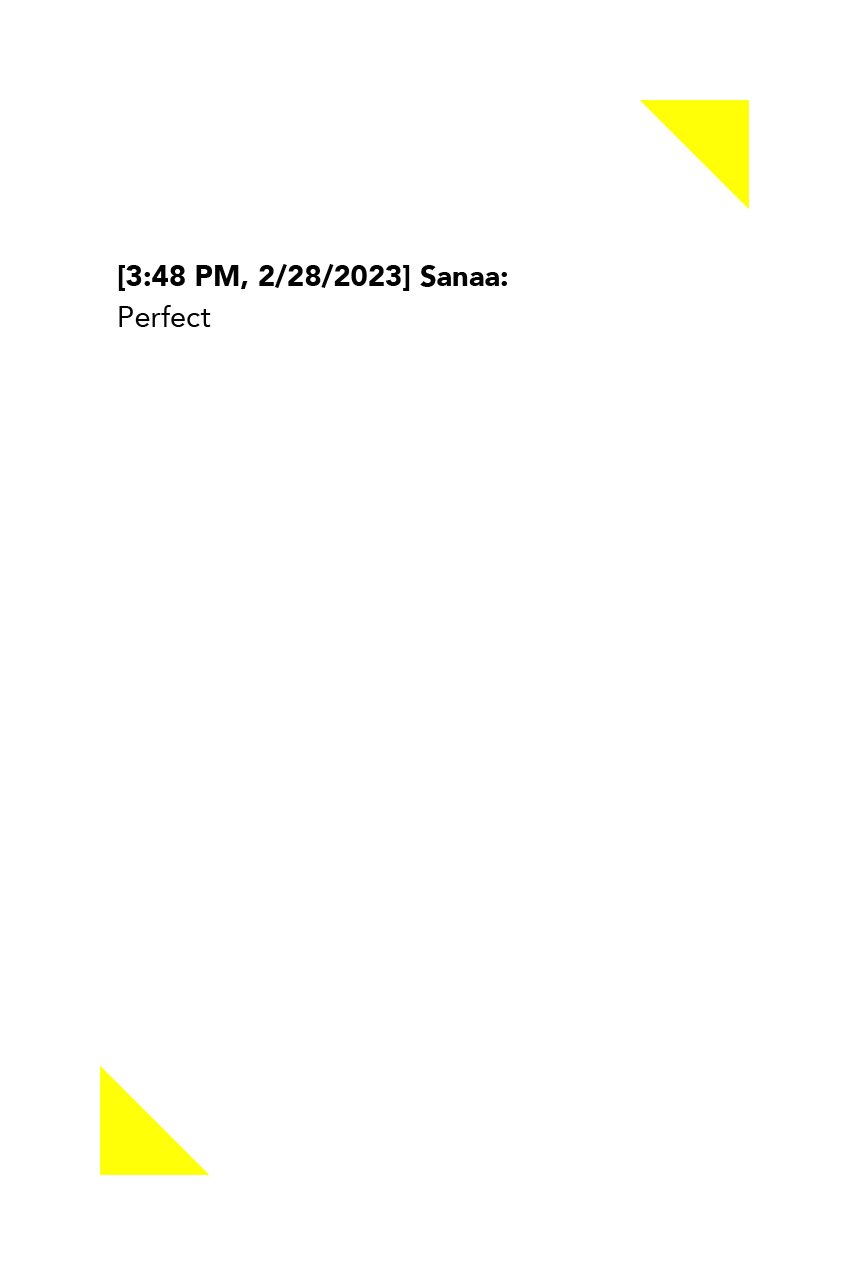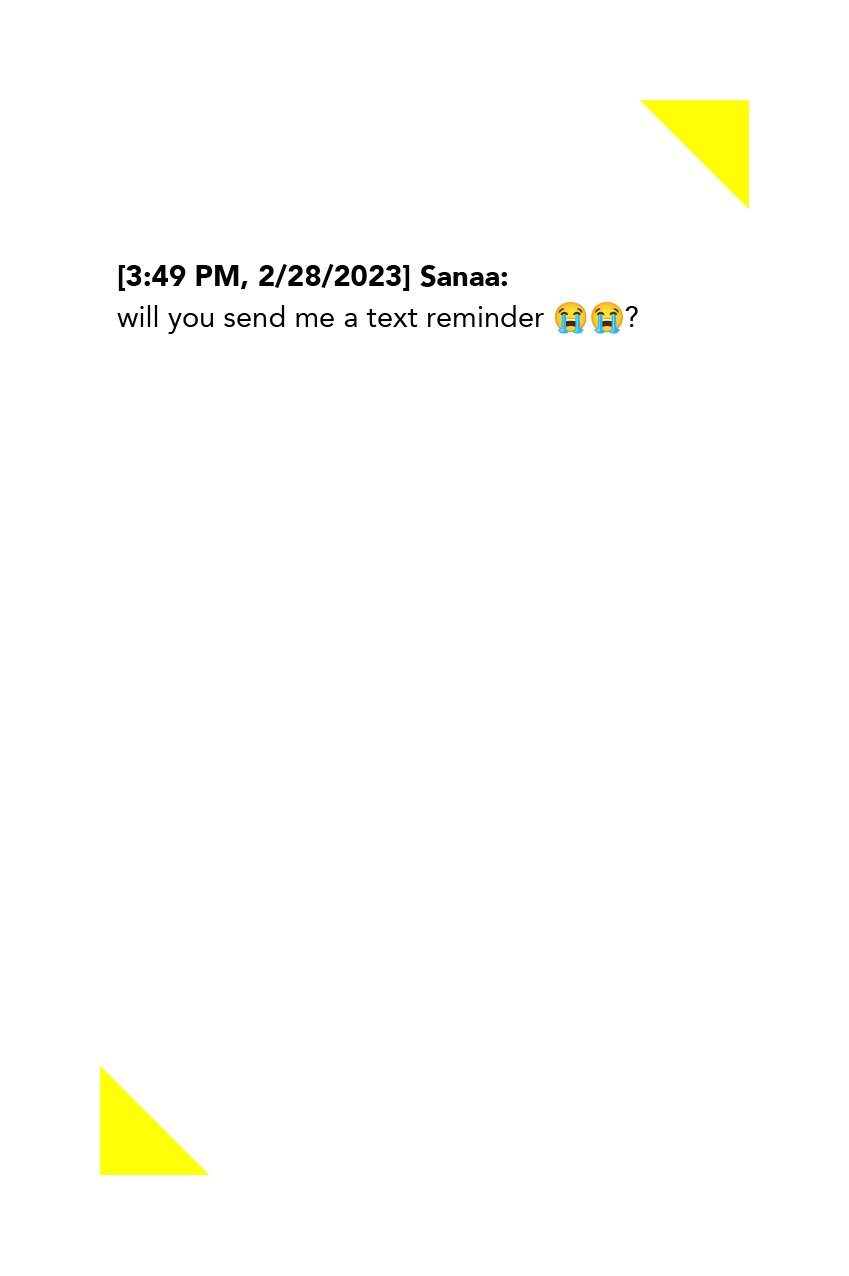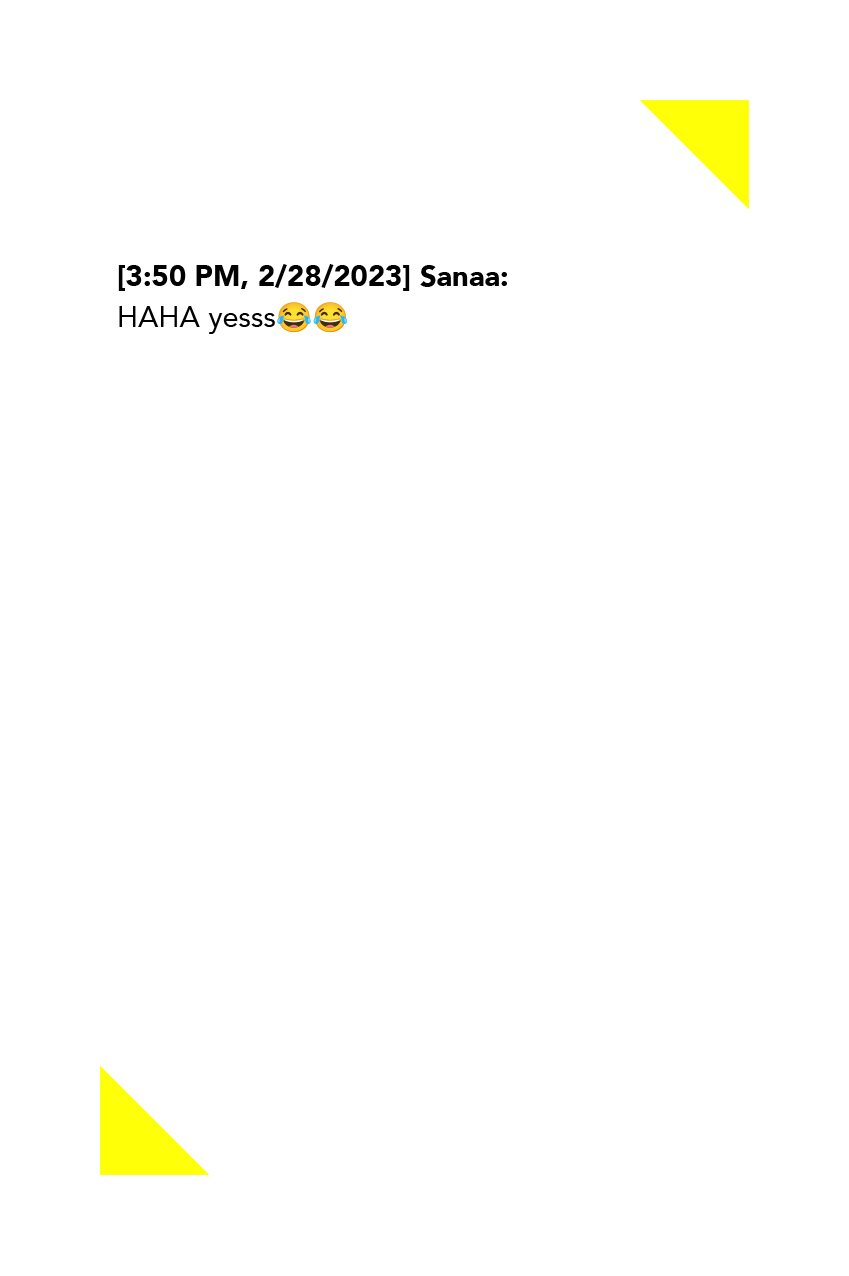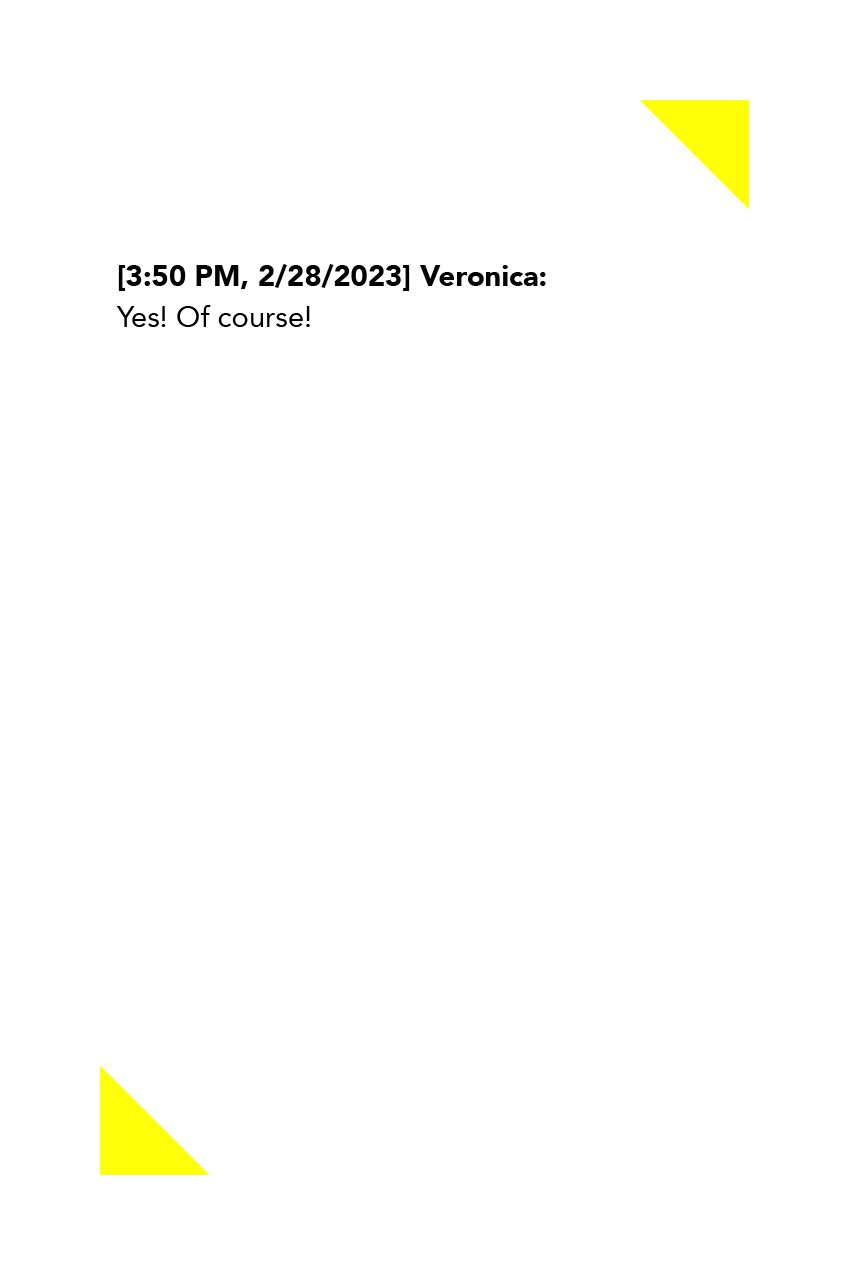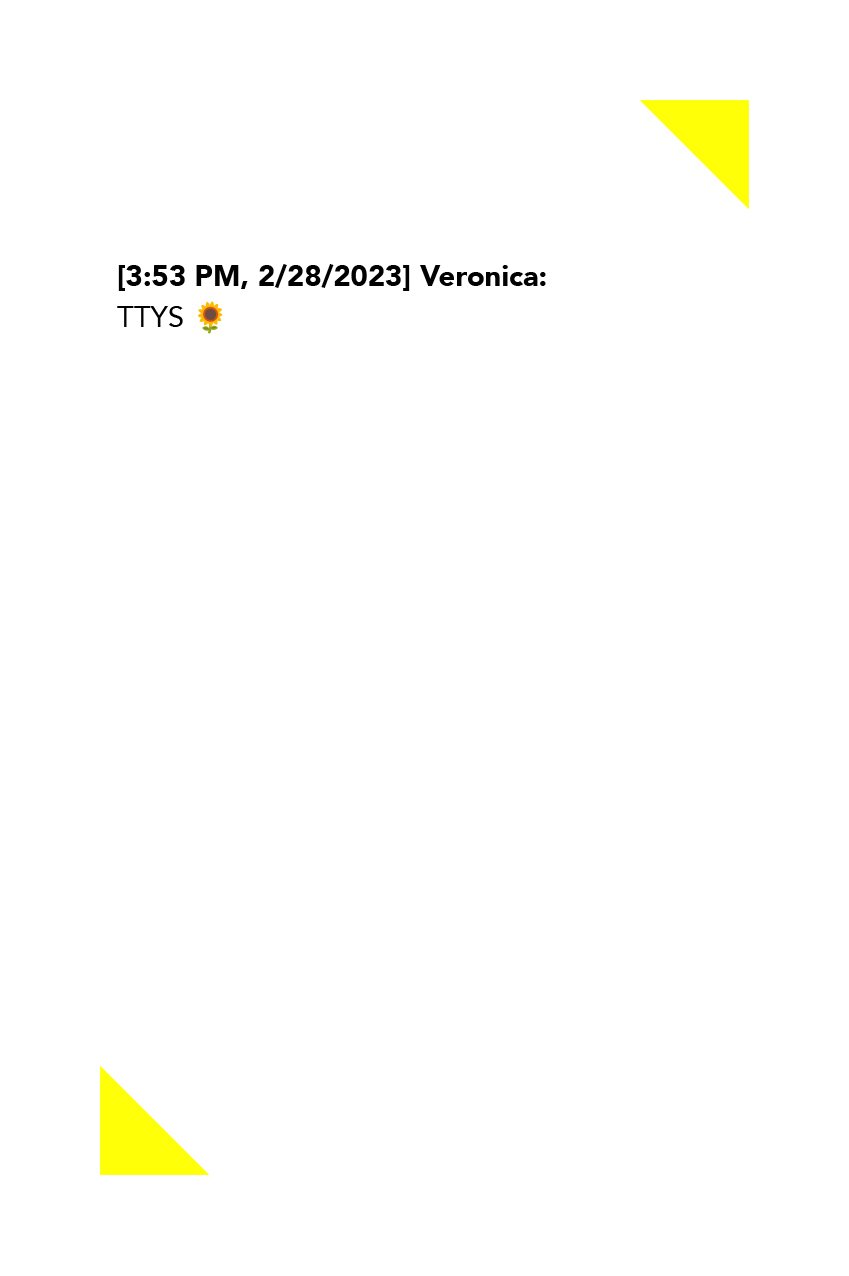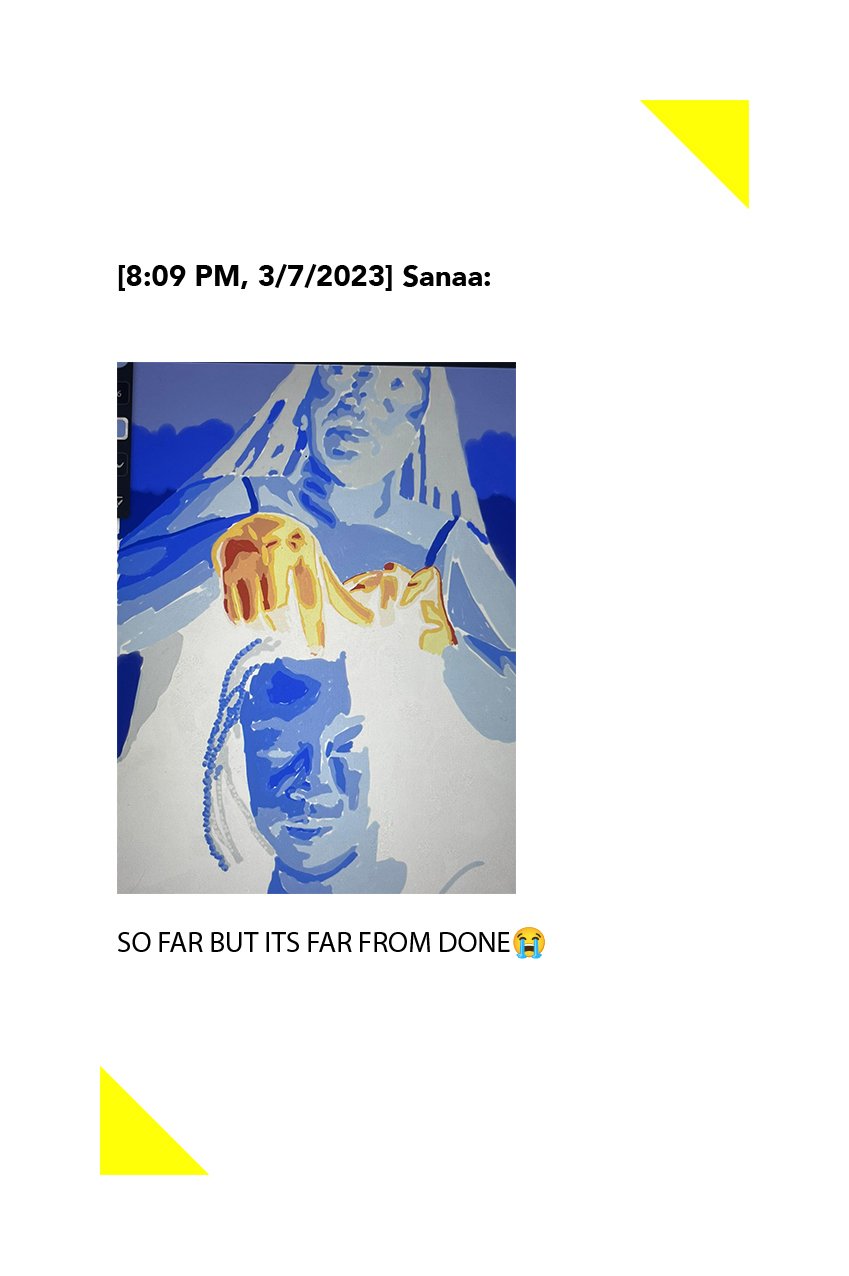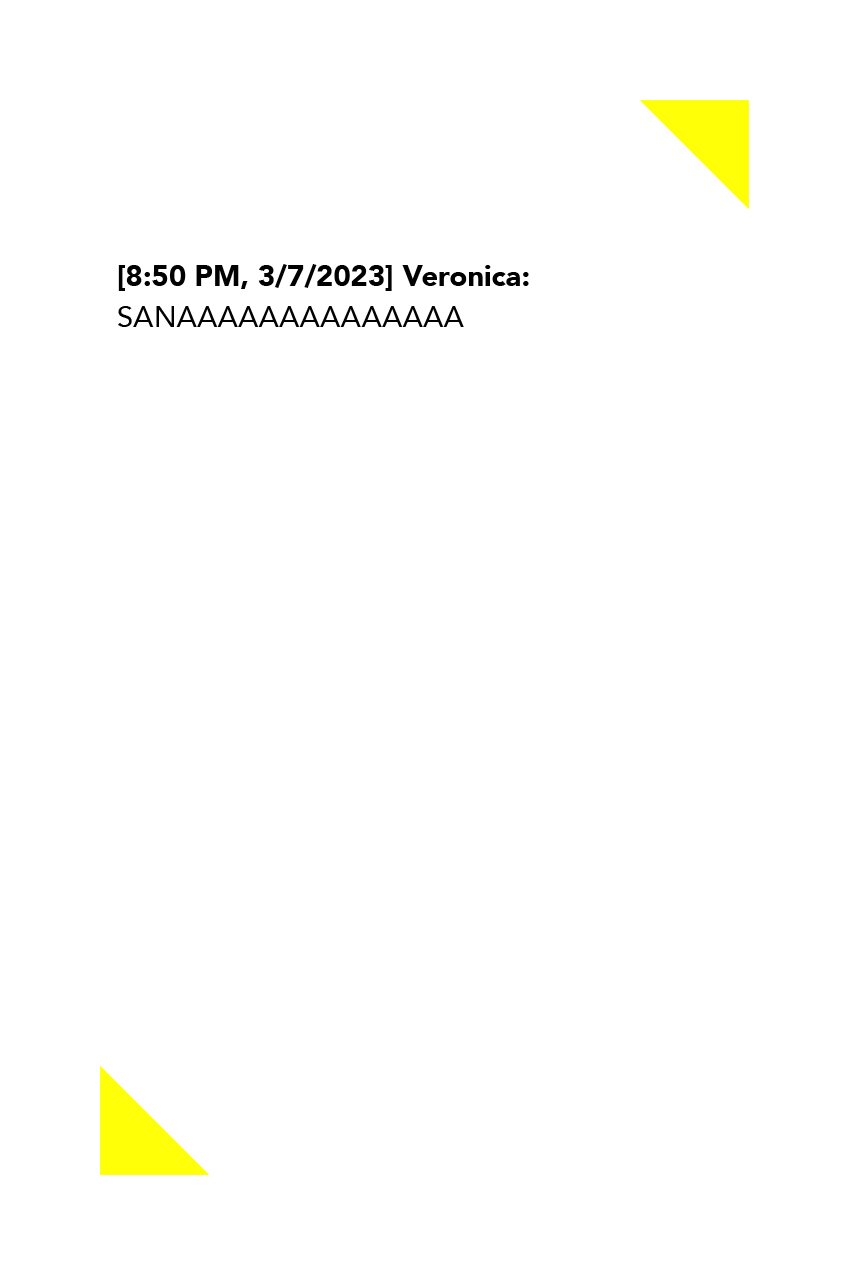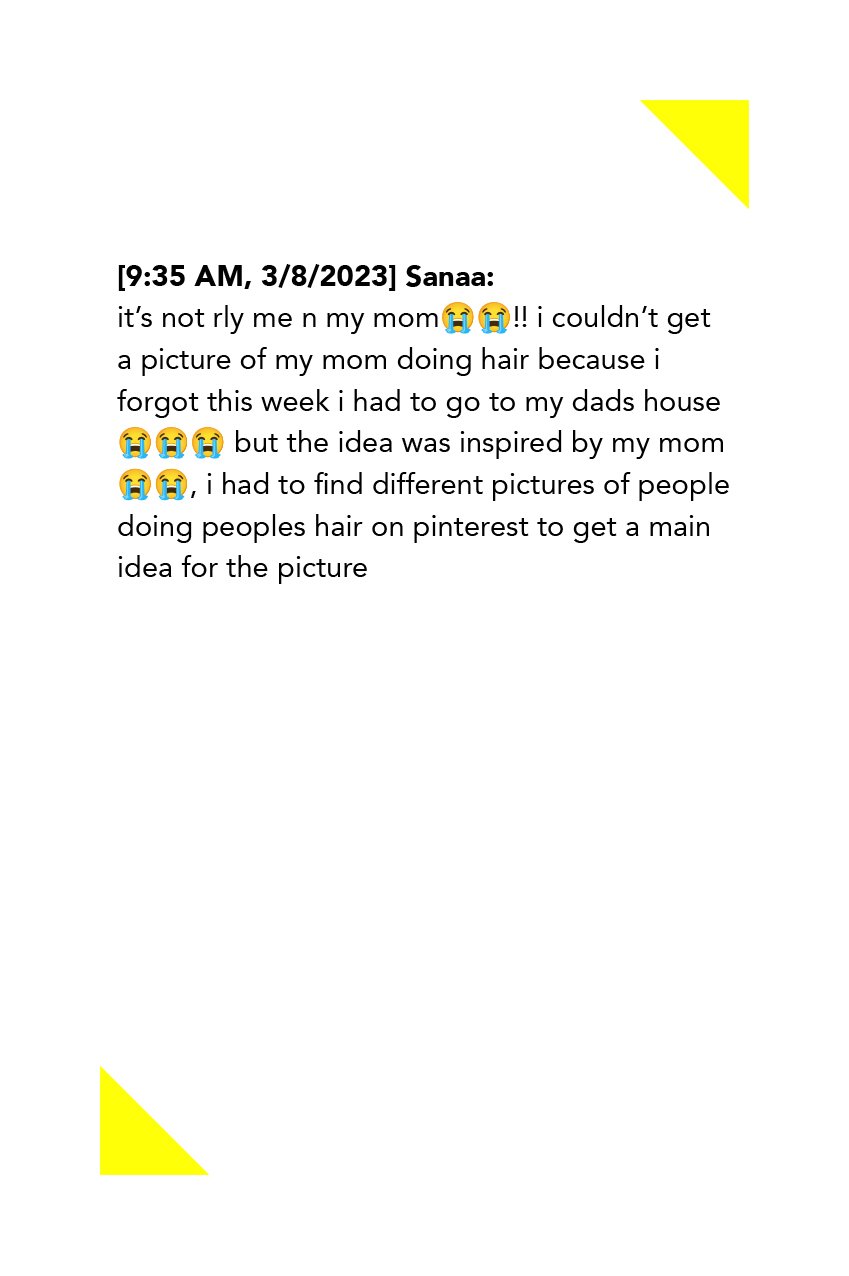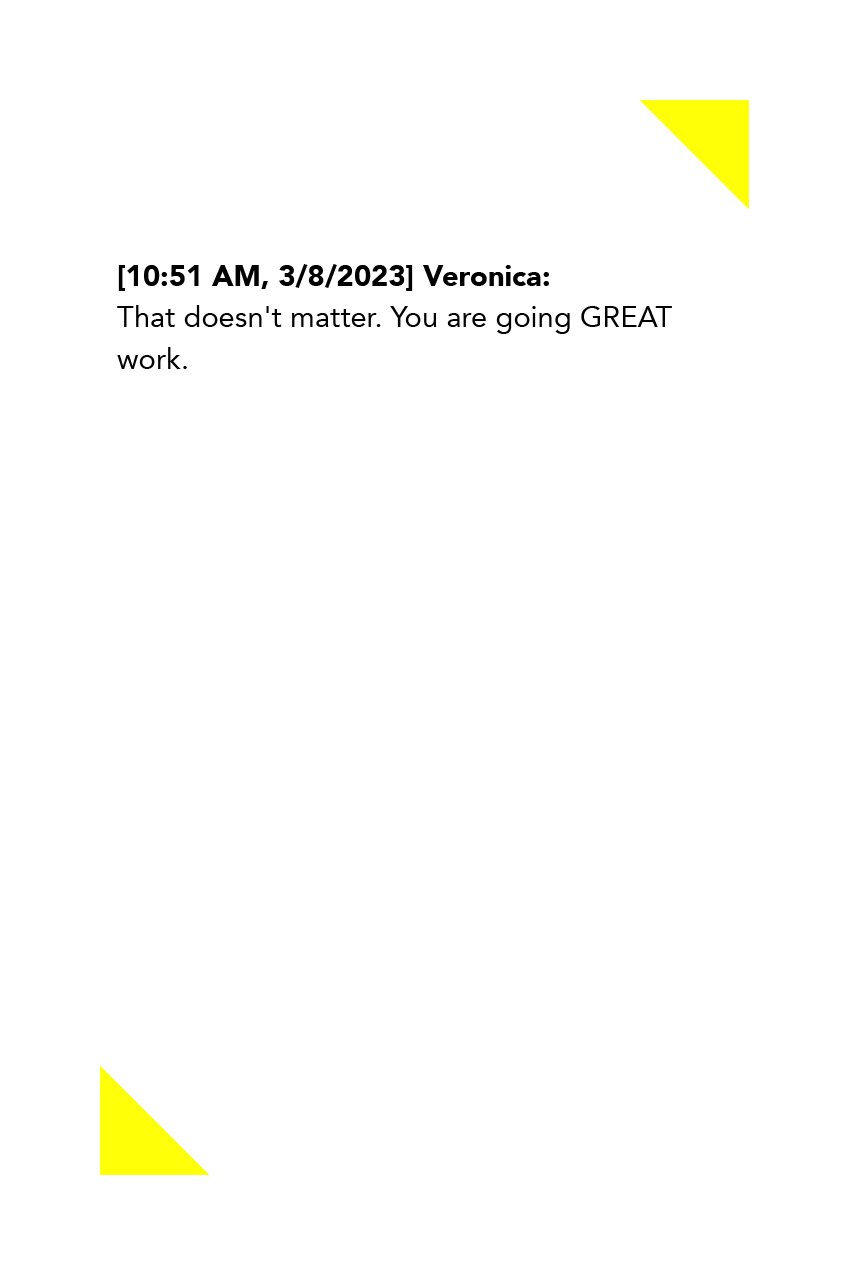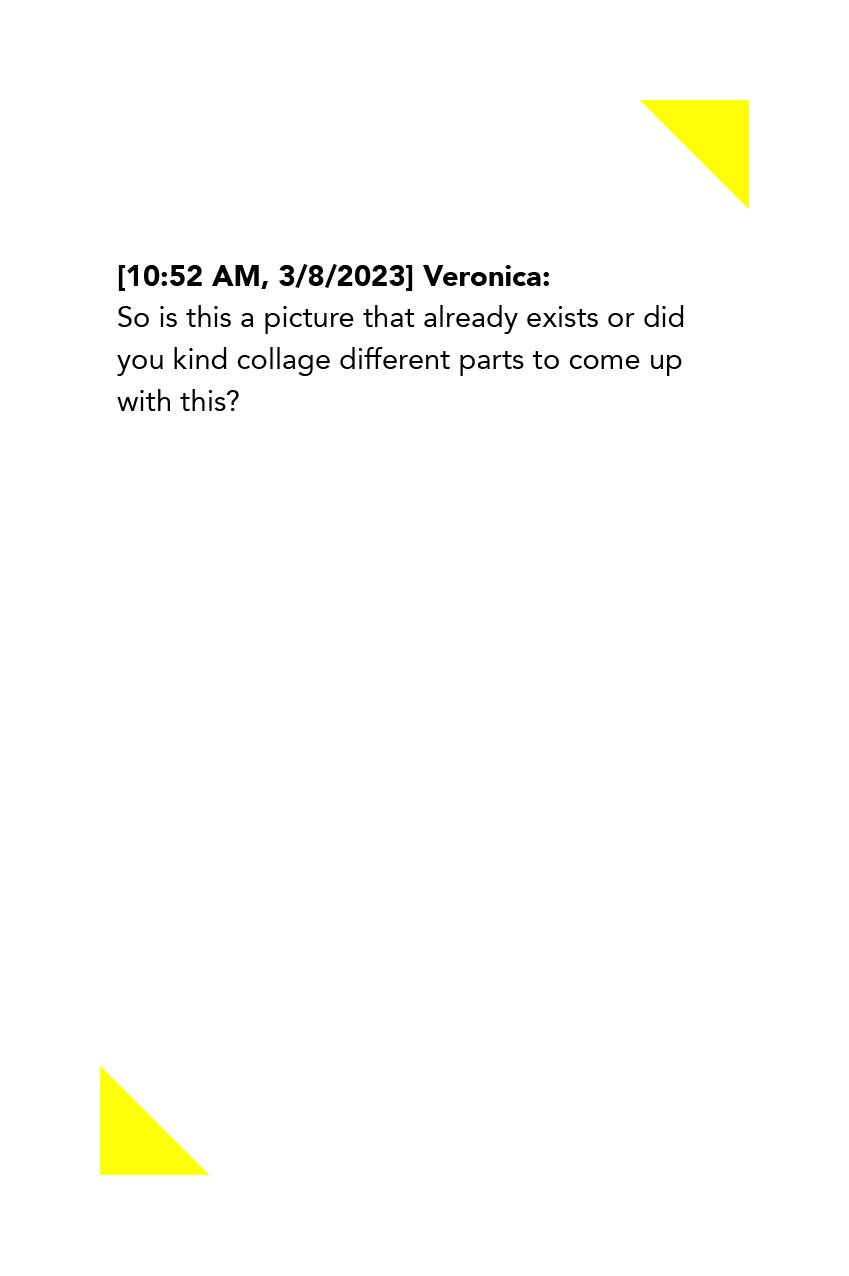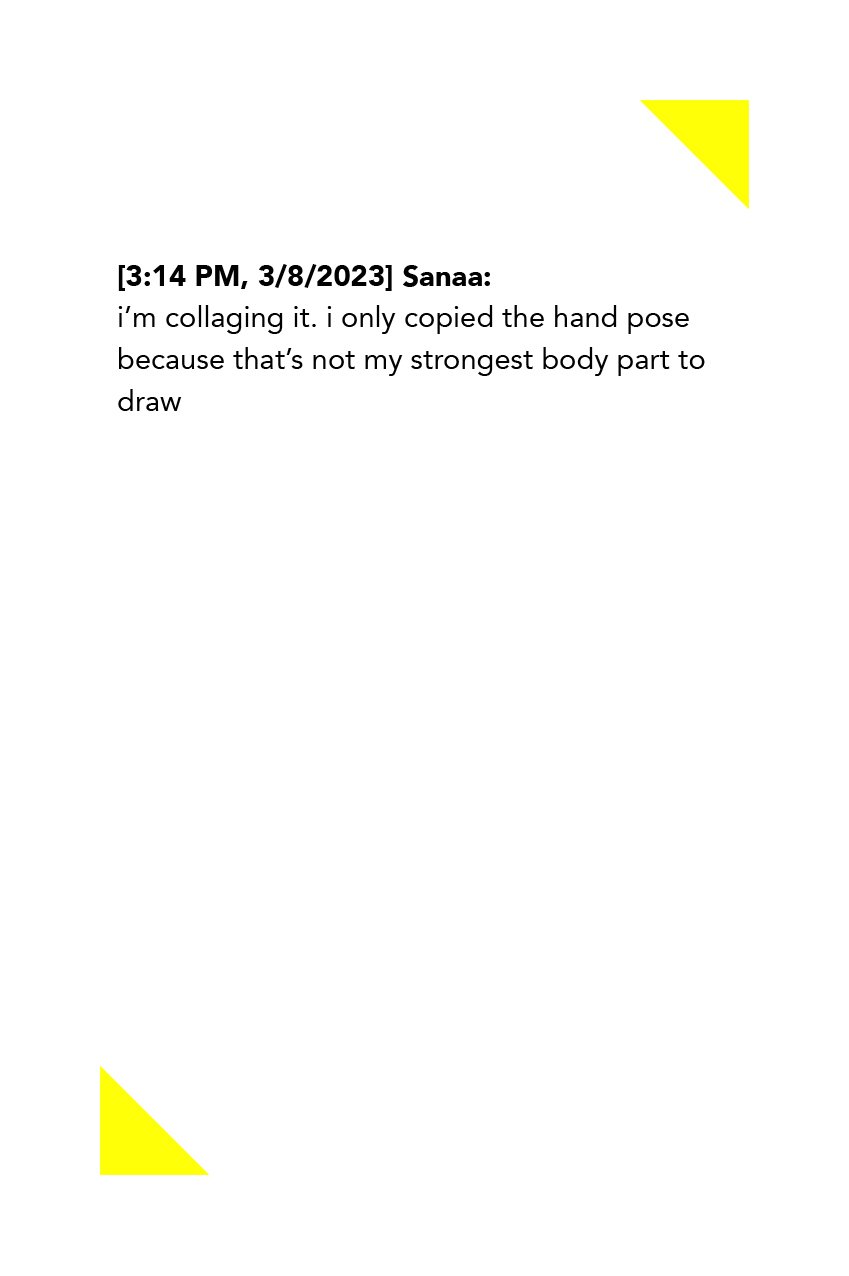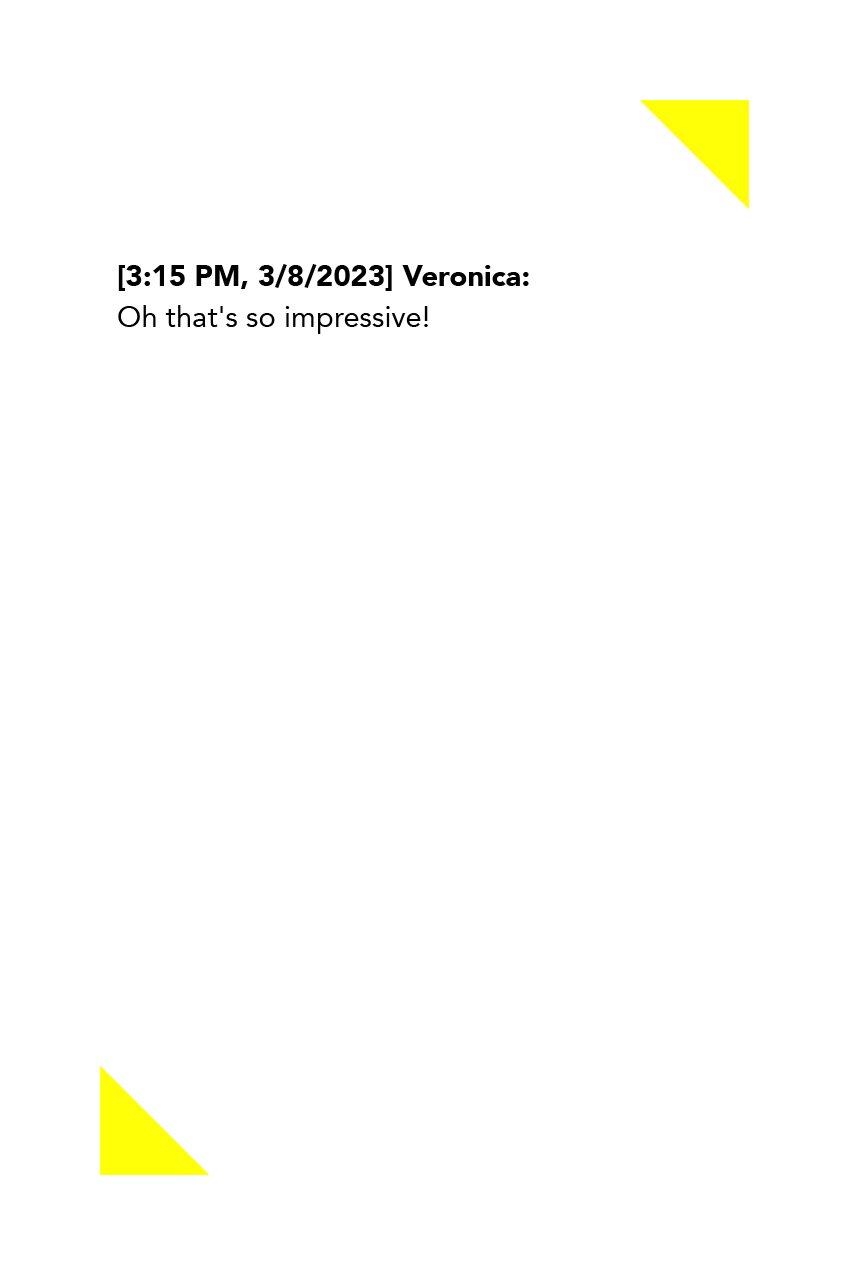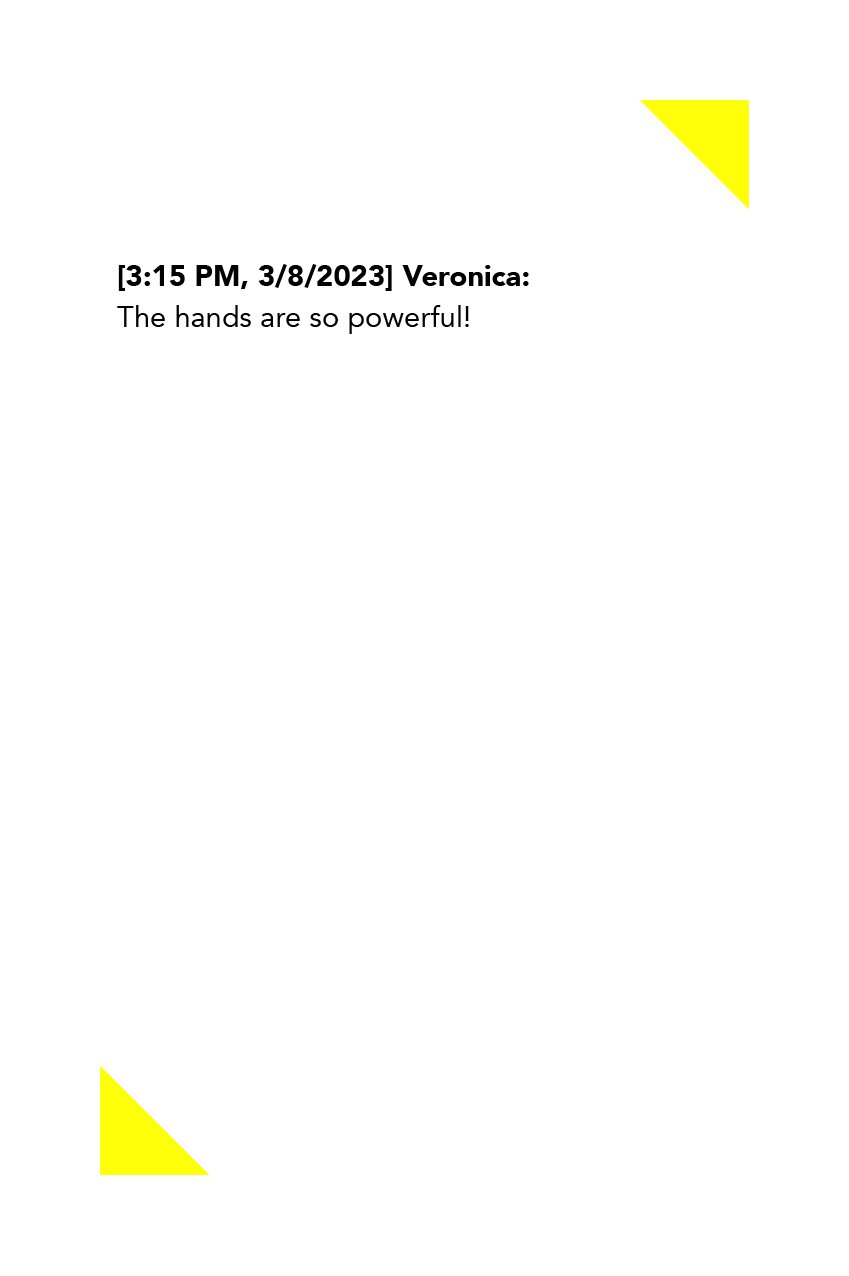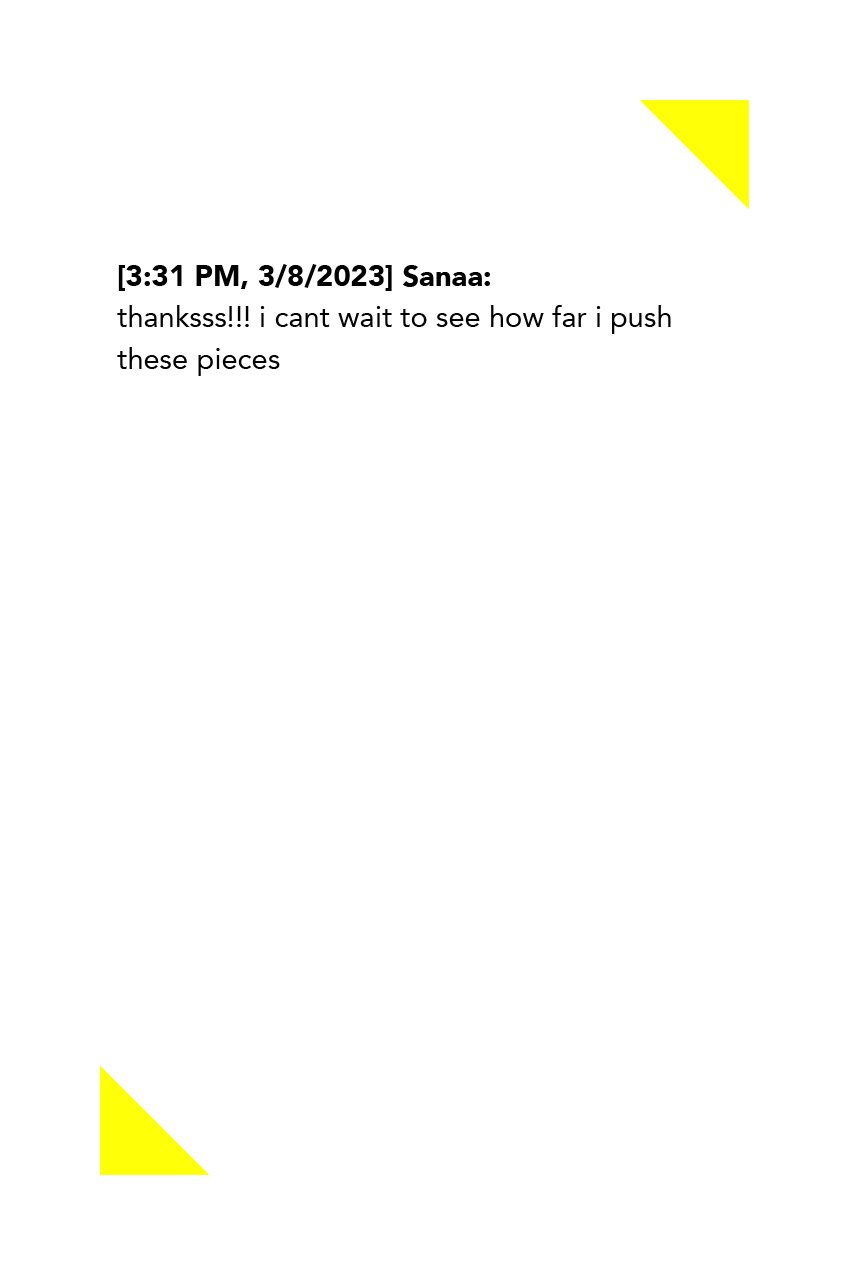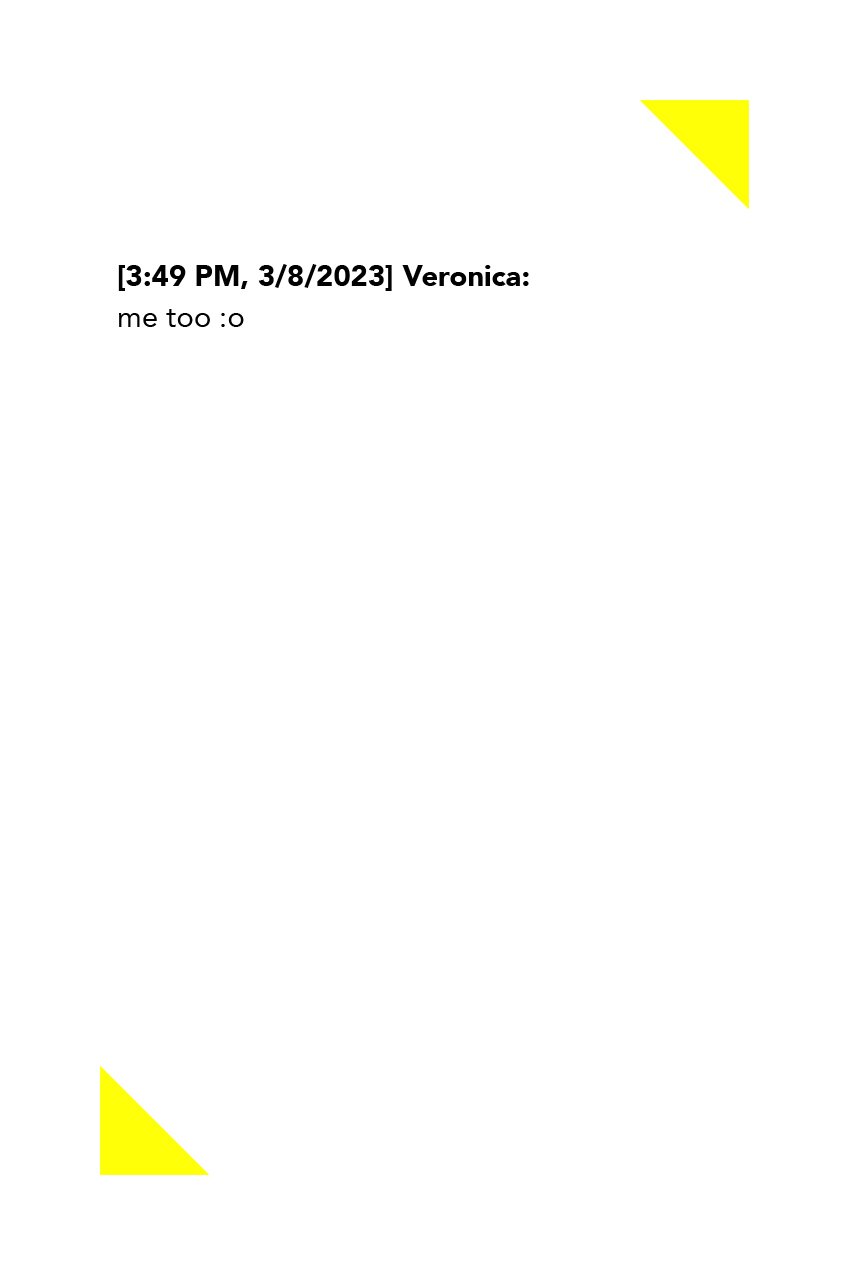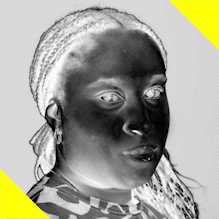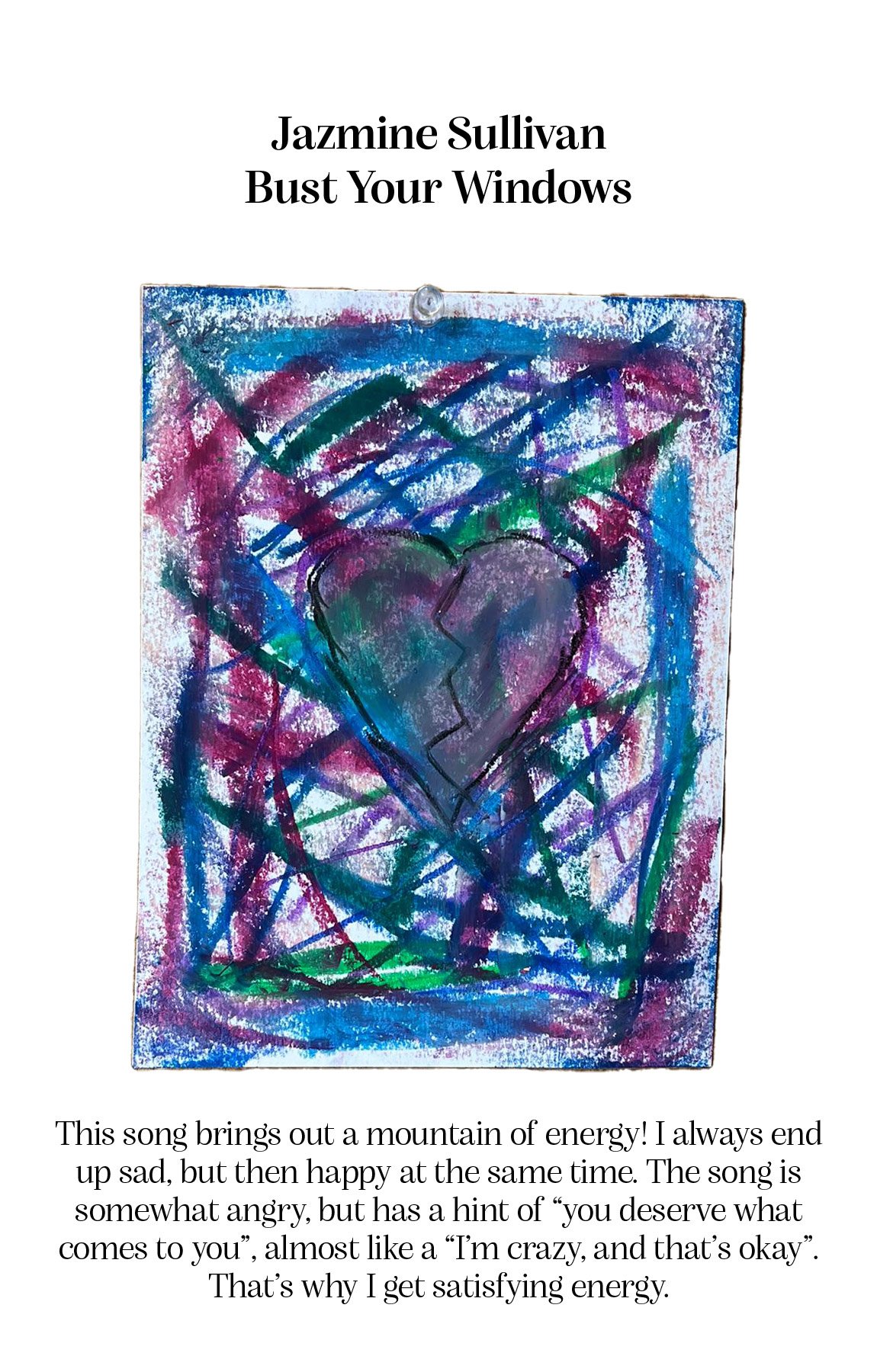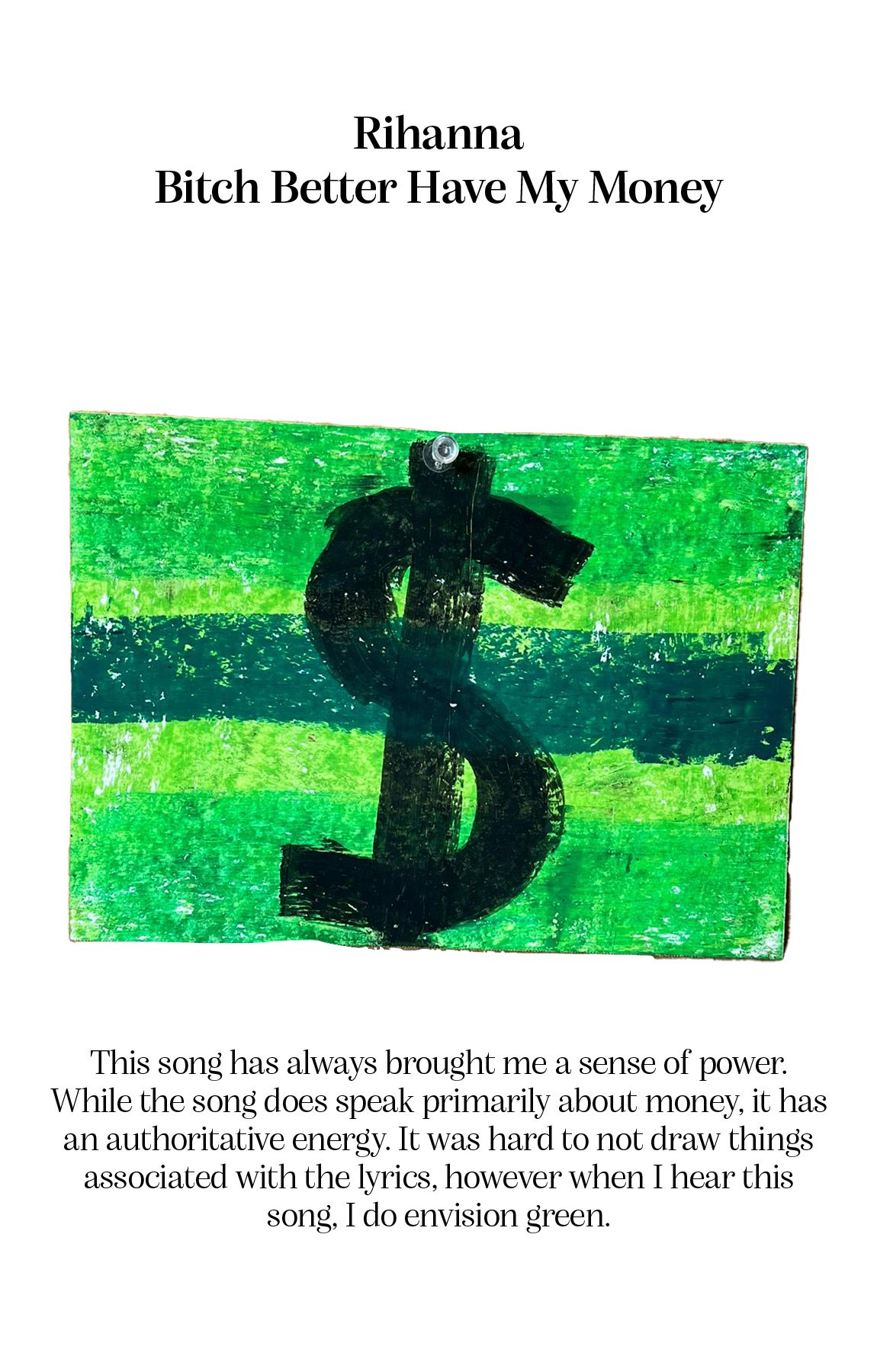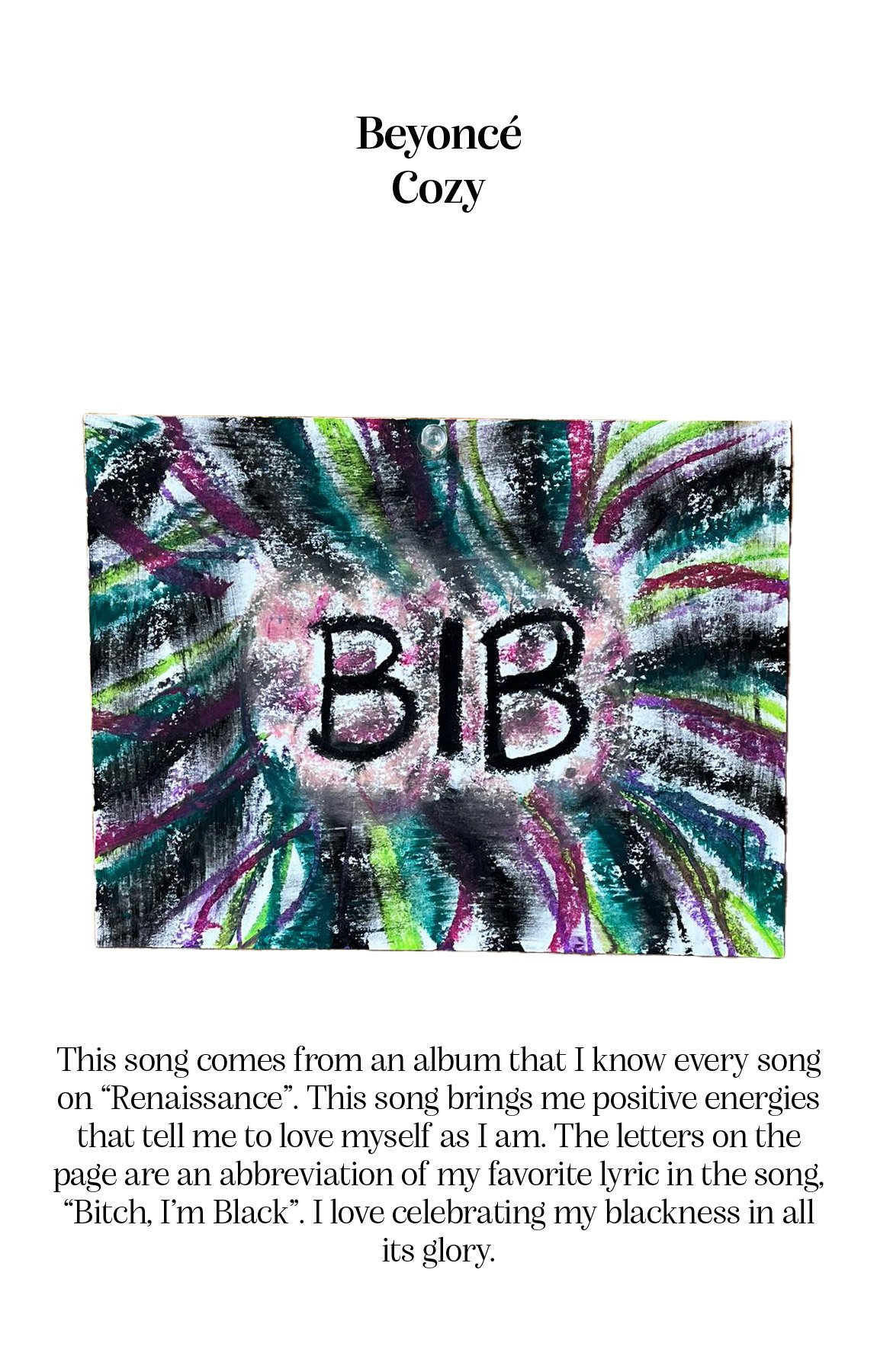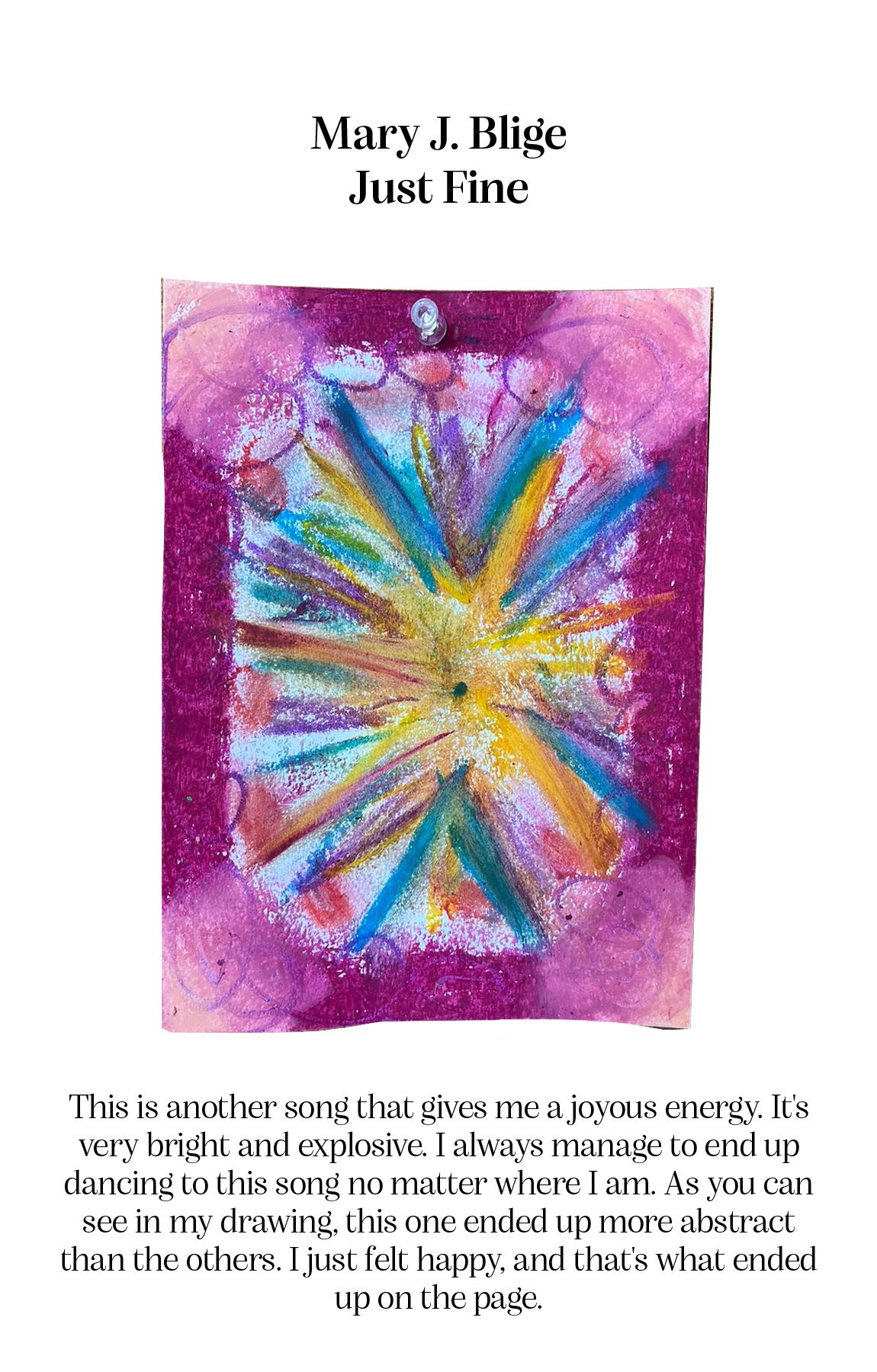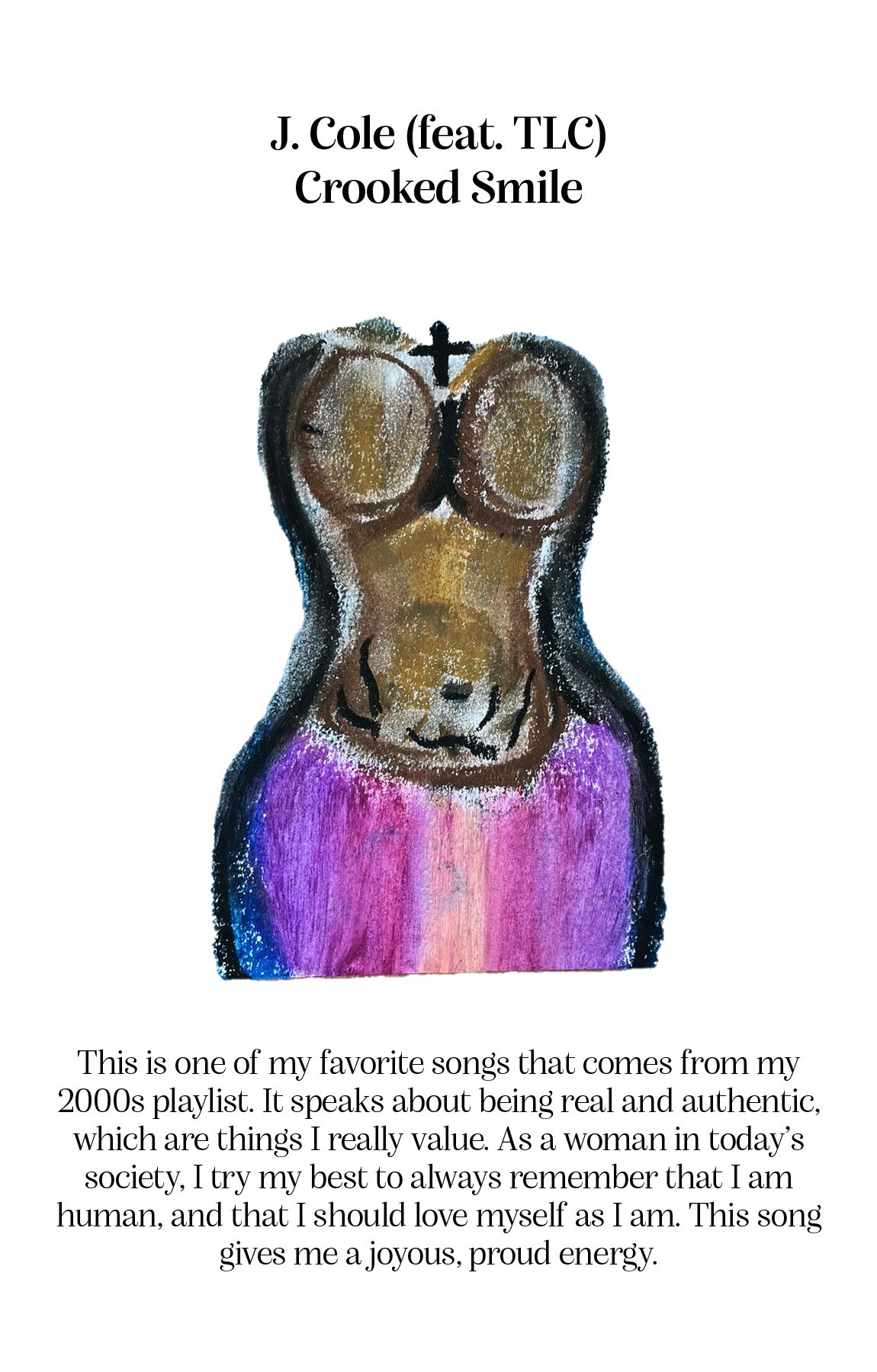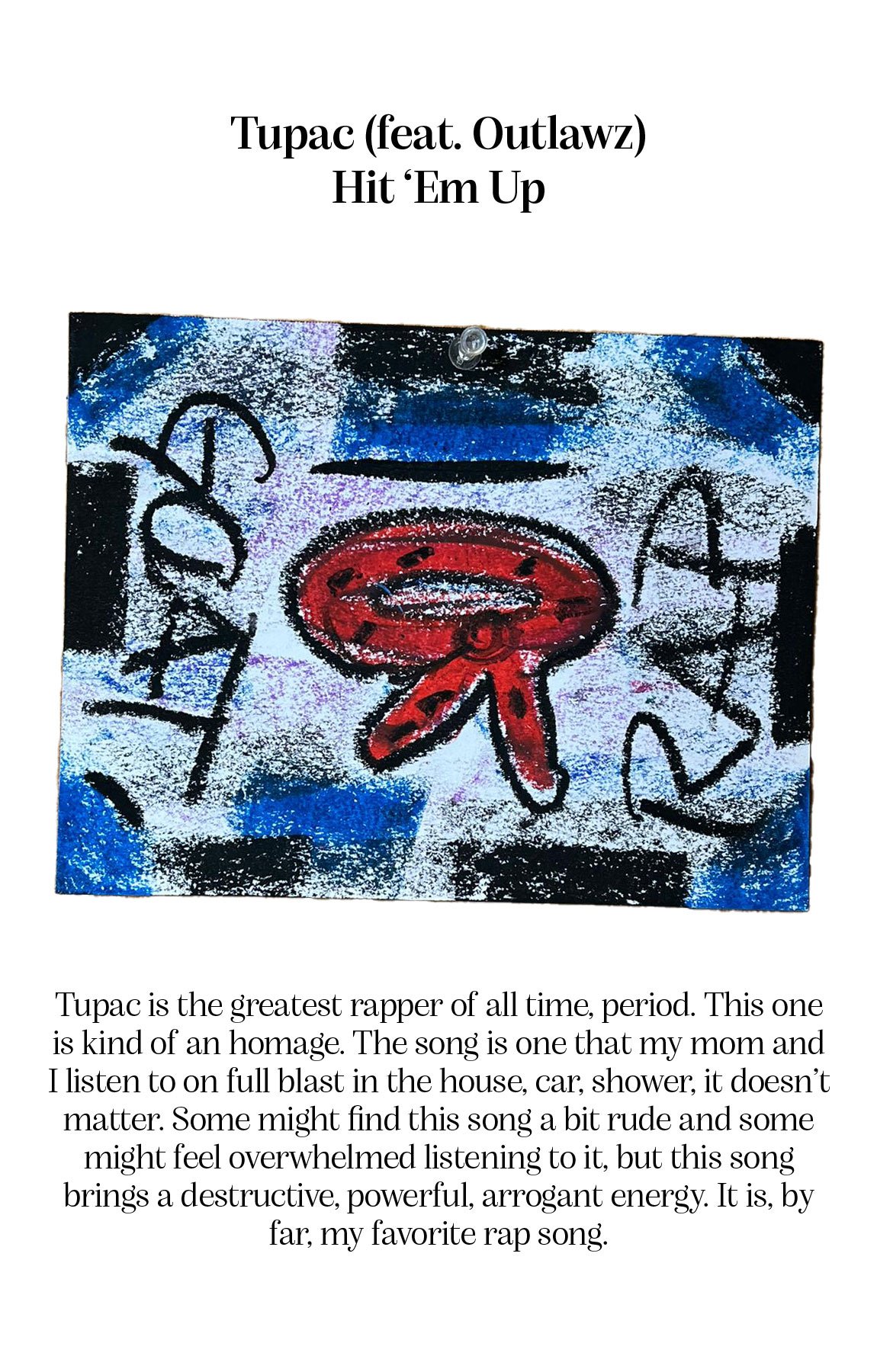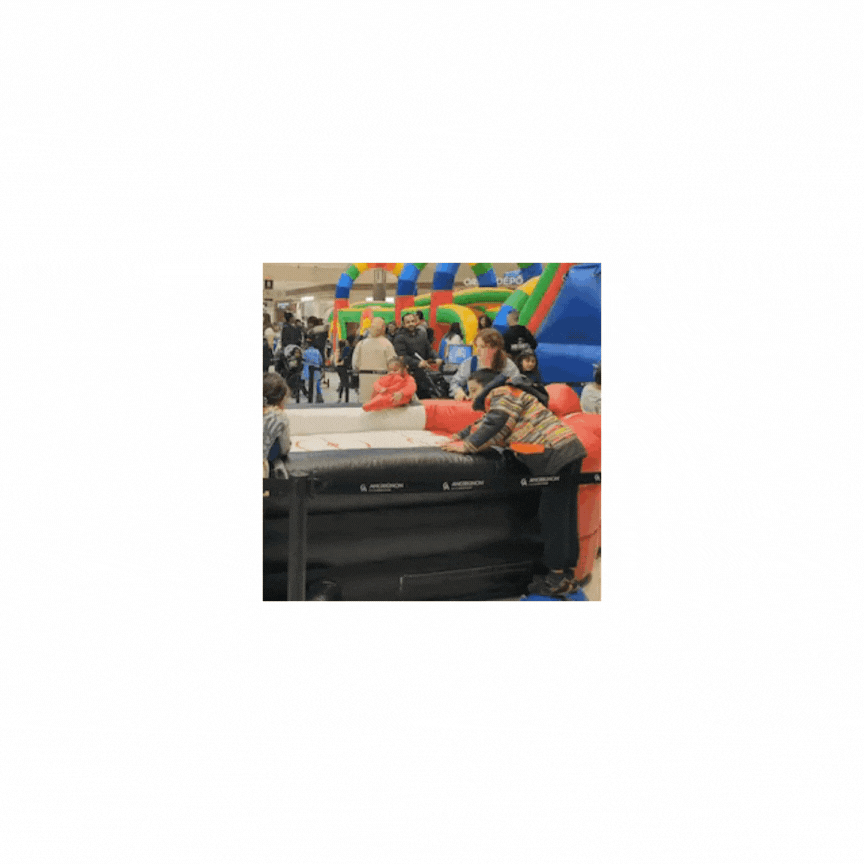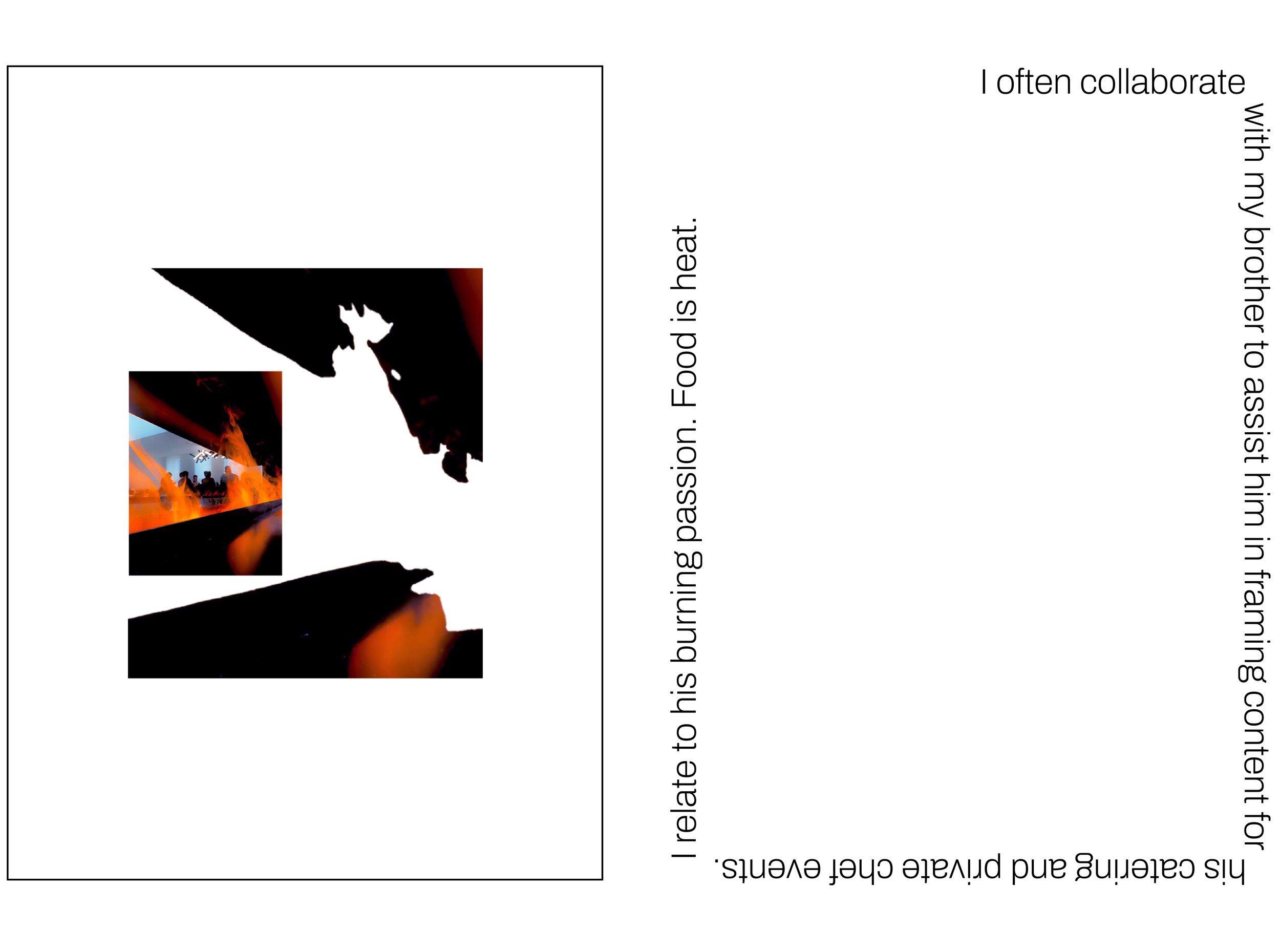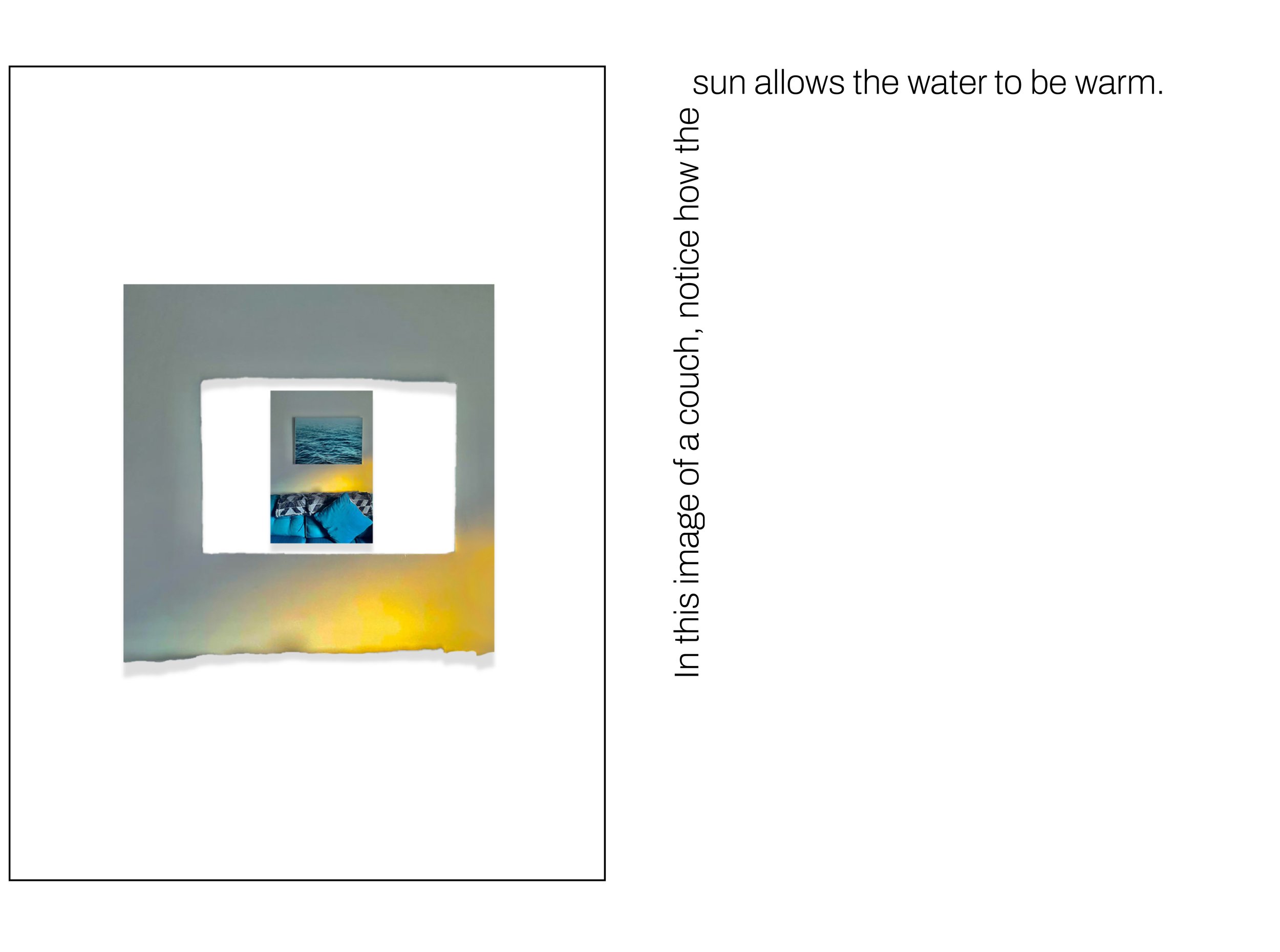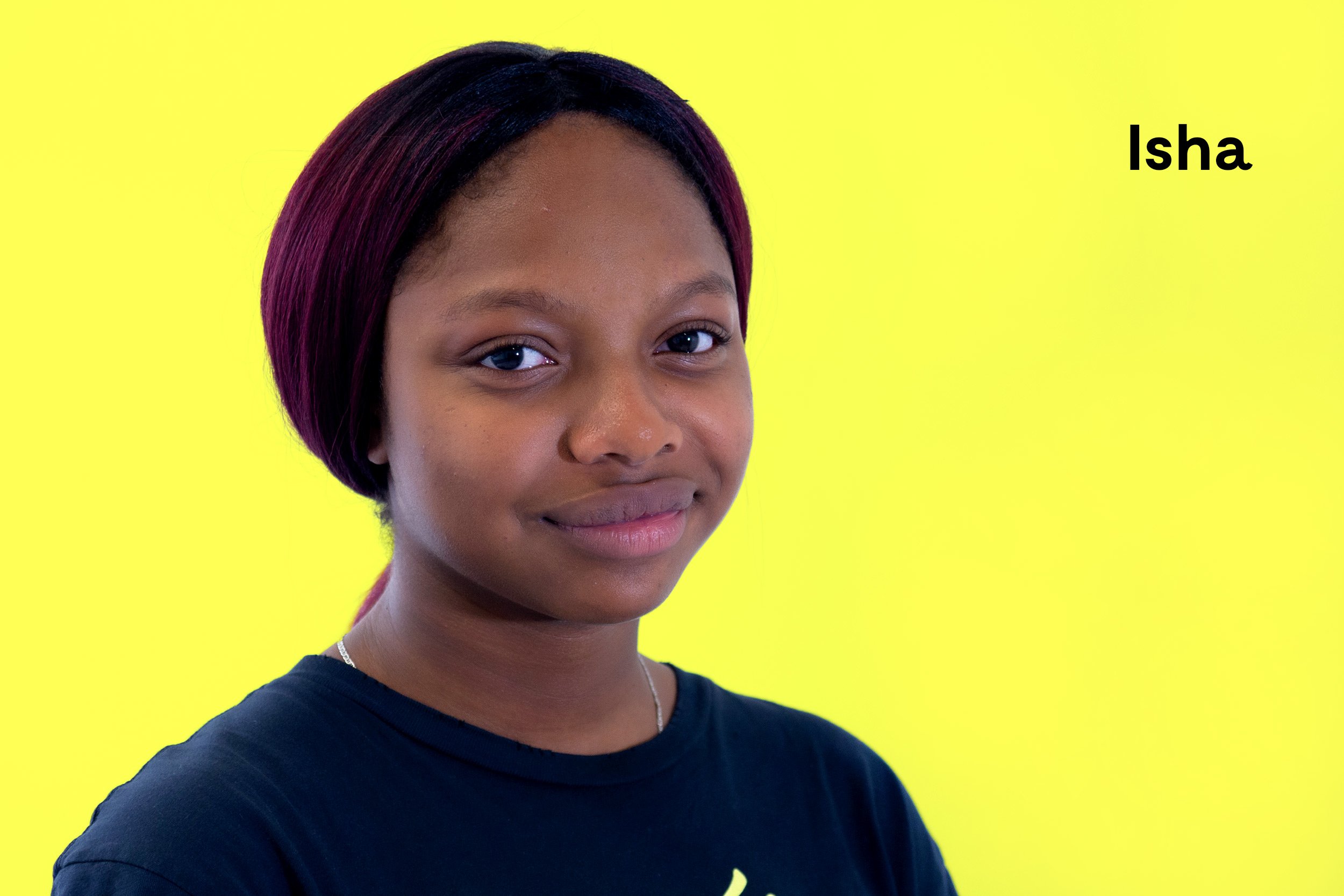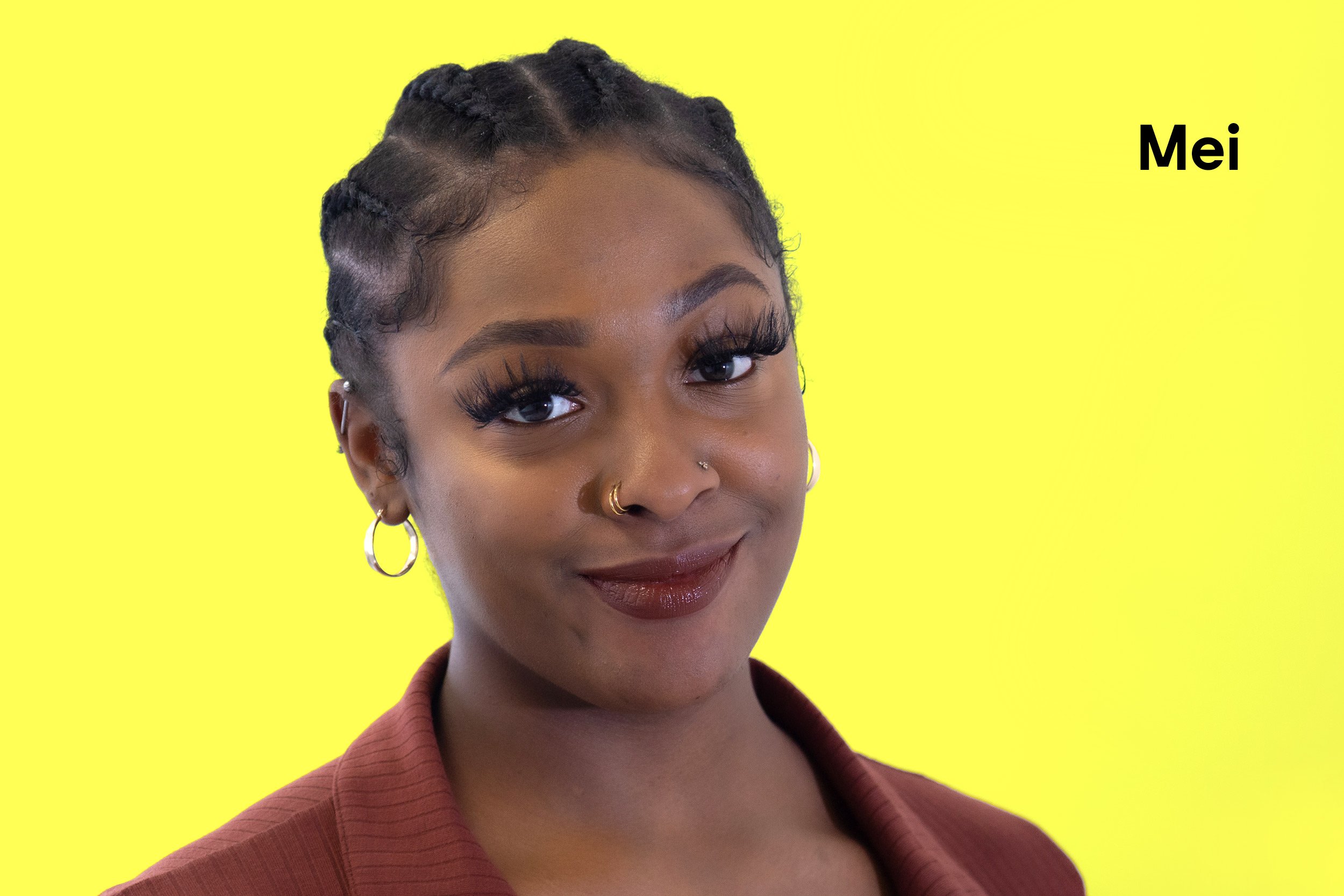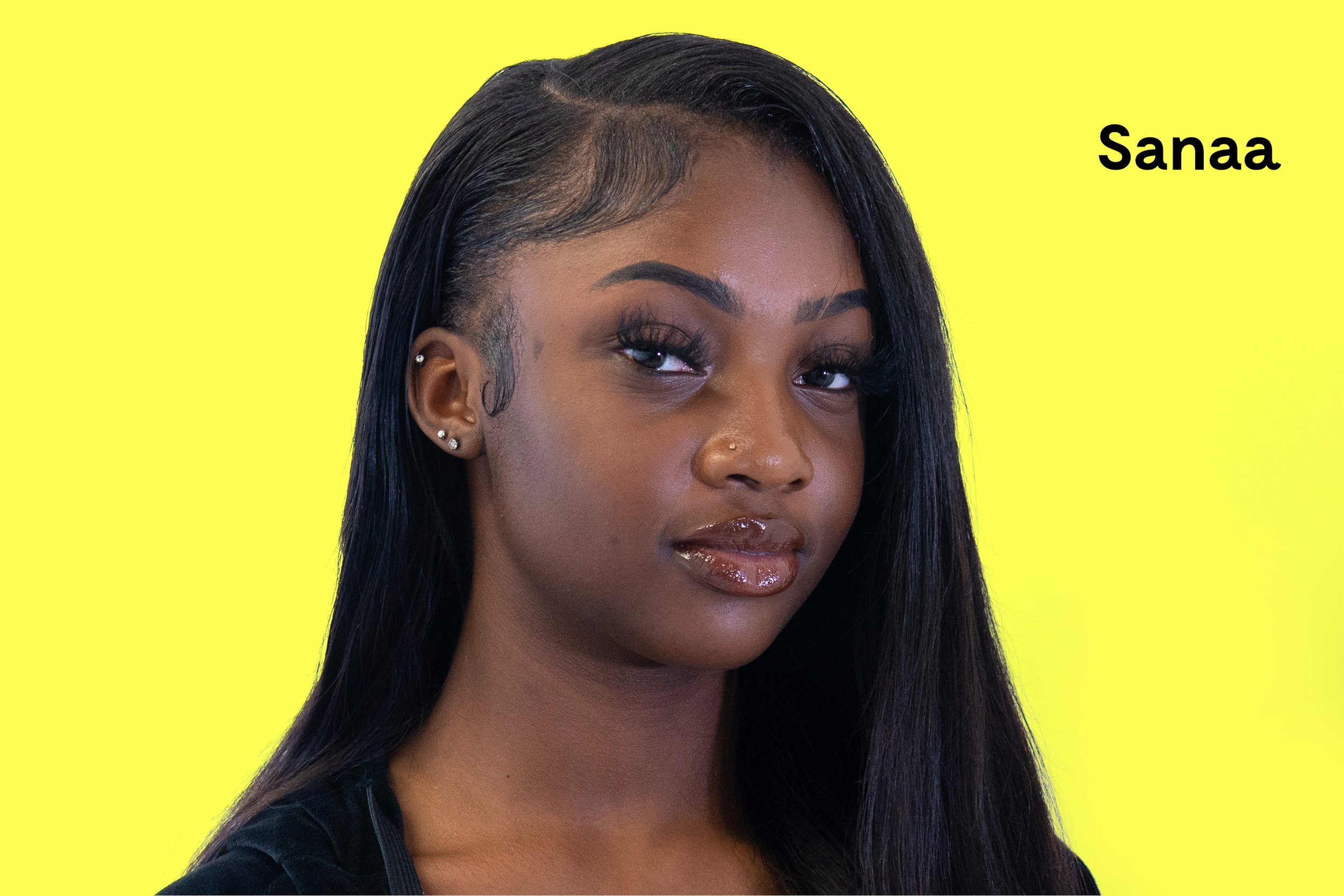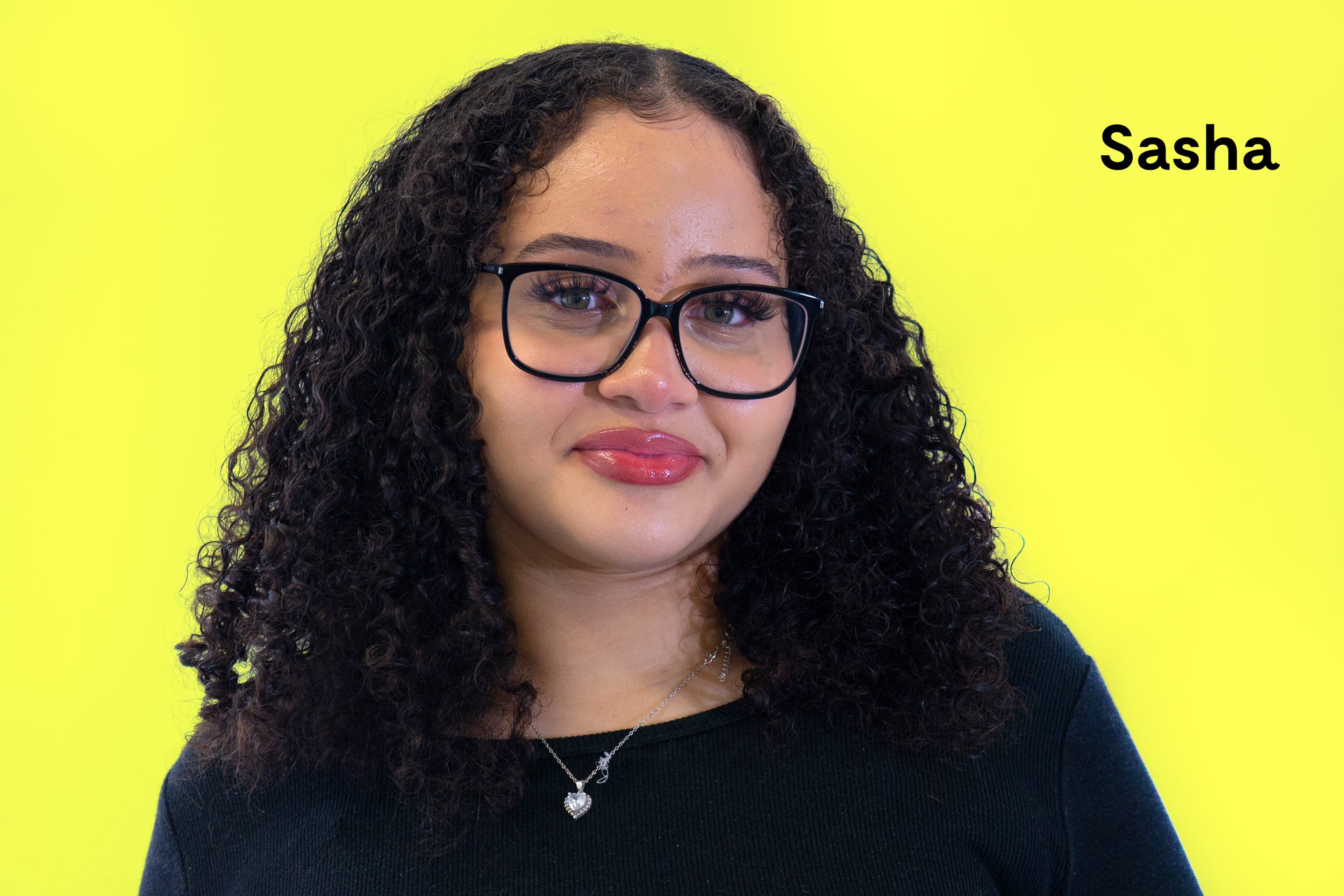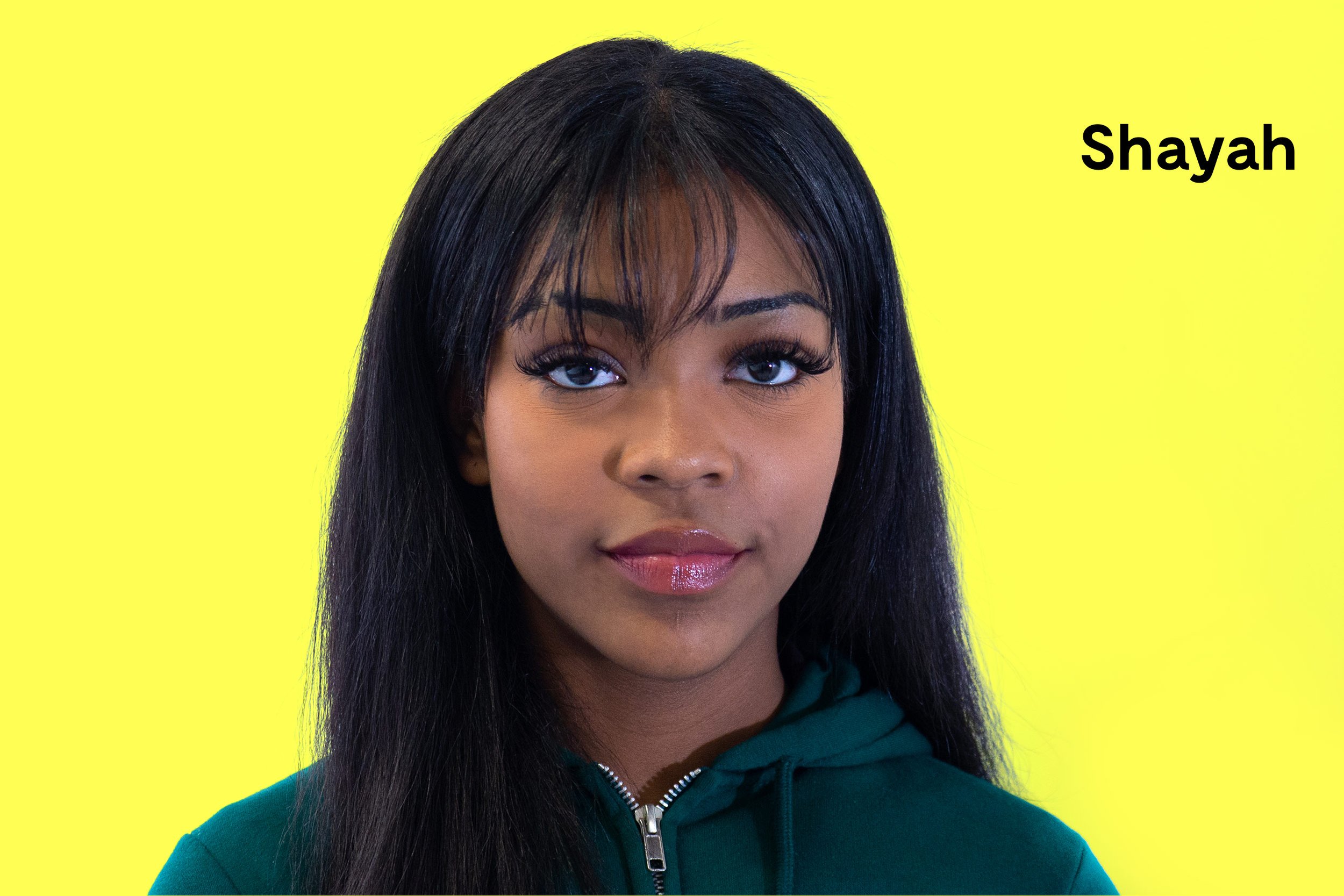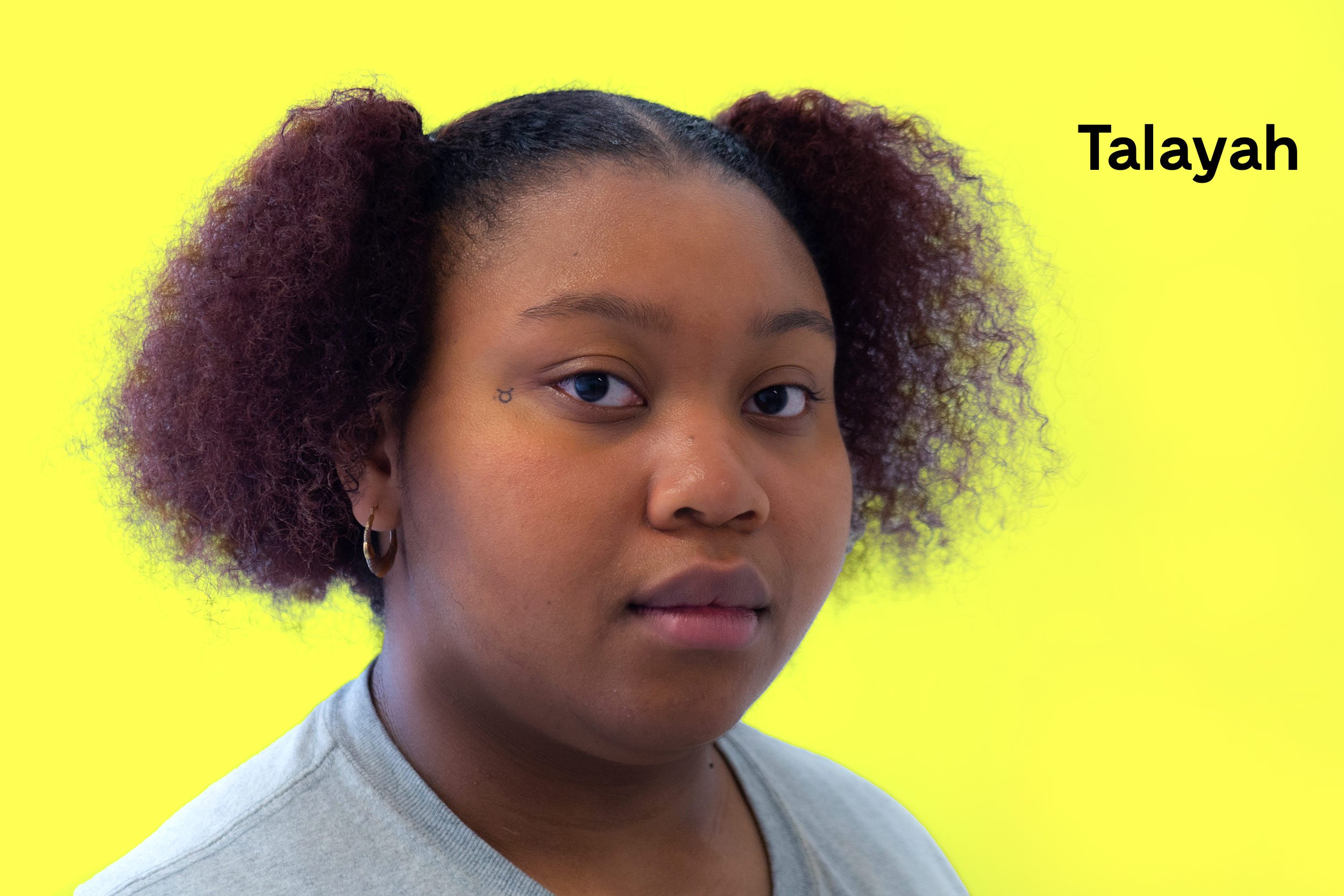is a participatory art series in which, over two years, a group of young Montrealers intervenes and responds to Dazibao’s exhibition programming, collaborating with each other and their mentor, artist Veronica Mockler.
À l’image — Takeover Sound, Energy, and Heat
In response to the exhibitions Warmer Than The World Around Us by Judy Radul and Song Circle by Anne-Renée Hotte.
Shayah
Shayah’s little sister, Arayah (10 years old) is channeling her energy with the following songs:
♫♫♫♫♫♫♫♫♫♫♫♫♫♫♫♫♫♫♫♫♫♫♫♫♫♫♫♫♫♫♫♫♫♫♫♫♫♫♫♫♫♫
♫♫♫♫♫♫♫♫♫♫♫♫♫♫♫♫♫♫♫♫♫♫♫♫♫♫♫♫♫♫♫♫♫♫♫♫♫♫♫♫♫♫
Sanaa
Sasha
It never
changes
but always
appears
differently
Destiny
What does seeing sound like?
It sounds like the sun.
What does the sun sound like?
The sun sounds like the crunch of your favorite chips…
it sounds like the cry of a new born baby…
it's a hard knock on your door.
Talayah
I remember Veronica saying the following when we were discussing Judy Radul’s Warmer Than The World Around Us:
We are not familiar with these traditional South Korean instruments, sounds, and beliefs. This raises an important question: should an artwork only speak to its own culture? Or can other cultures relate to an artwork or art form?
I think that artists are entitled to create for whoever they choose. Most art is personal to the person creating it. If an individual, such as myself, finds it hard to relate to a piece, that is not the fault of the artist. Maybe it wasn’t created for me. It is similar to when a group of friends listens to music on a road trip. If you’re sitting shotgun, you control the music. You want to play something that everyone likes, but you’re limited to what you have on your phone. For my experiment, I wanted to draw the energy I feel when listening to some of my favorite songs. I thought it could be a cool idea as, for me, it speaks to the colors, energies and music at stake in Radul’s piece.
At first, I wanted to ask people from my community to participate in this activity with me, but due to the challenge of participation, including time constraints and my exam season (it’s my first semester in university!), I ended up doing it by myself. I created a playlist of songs that always bring out the strongest energies in me. Because I only gave myself the length of each song to draw the energies I was feeling, I decided to use a small white cardstock, of 6x4 inches. I love listening to music all the time; when I clean, when I cook, when I ride the shuttle bus to and from school, even in the shower. I have a total of 16 playlist including a 2000s playlist with music from my childhood, a Christmas playlist, and a playlist celebrating Black culture.
In my À l’image – Takeover 3 playlist, I have the following songs:
Isha
Isha's contribution in response to Radul and Hotte's pieces is purely aural. Please follow the link to her SoundCloud track.
Mei
Unless otherwise specified, all photographic and other documentation, footage and video capture, editing and sketches are by Veronica Mockler.
↩︎
The artist thanks Amanda Maxwell at Desta Black Community Network, as well as Ashley Montgomery and Vivek Venkatesh at Project Someone, Concordia University for their generous collaboration. For this third À l'image — Takeover, the artist would also like to thank Concordia University's Acts of Listening Lab.
This project is supported by the Canada Council for the Arts, and the Ville de Montréal and the Gouvernement du Québec in the context of the Entente sur le développement culturel de Montréal.
Dazibao thanks the artist and her collaborators for their generous collaboration as well as its advisory programming committee for its support.
Dazibao receives financial support from the Conseil des arts et des lettres du Québec, the Canada Council for the Arts, the Conseil des arts de Montréal, the Ministère de la Culture et des Communications and the Ville de Montréal.
Dazibao acknowledges that it is located on the unceded territory of the Kanien'kehá: ka Nation and that Tiohtiá:ke / Montreal is historically known as a gathering place for many First Nations, and today, is home to a diverse population of Indigenous as well as other peoples. Guided by ethics of respect, listening, and awareness, Dazibao commits to a continued reflection regarding the deep-rooted and systemic challenges tied to accessibility and inclusivity in the arts and beyond, and endeavors to apply such reflections to all aspects of its activities and governance.
